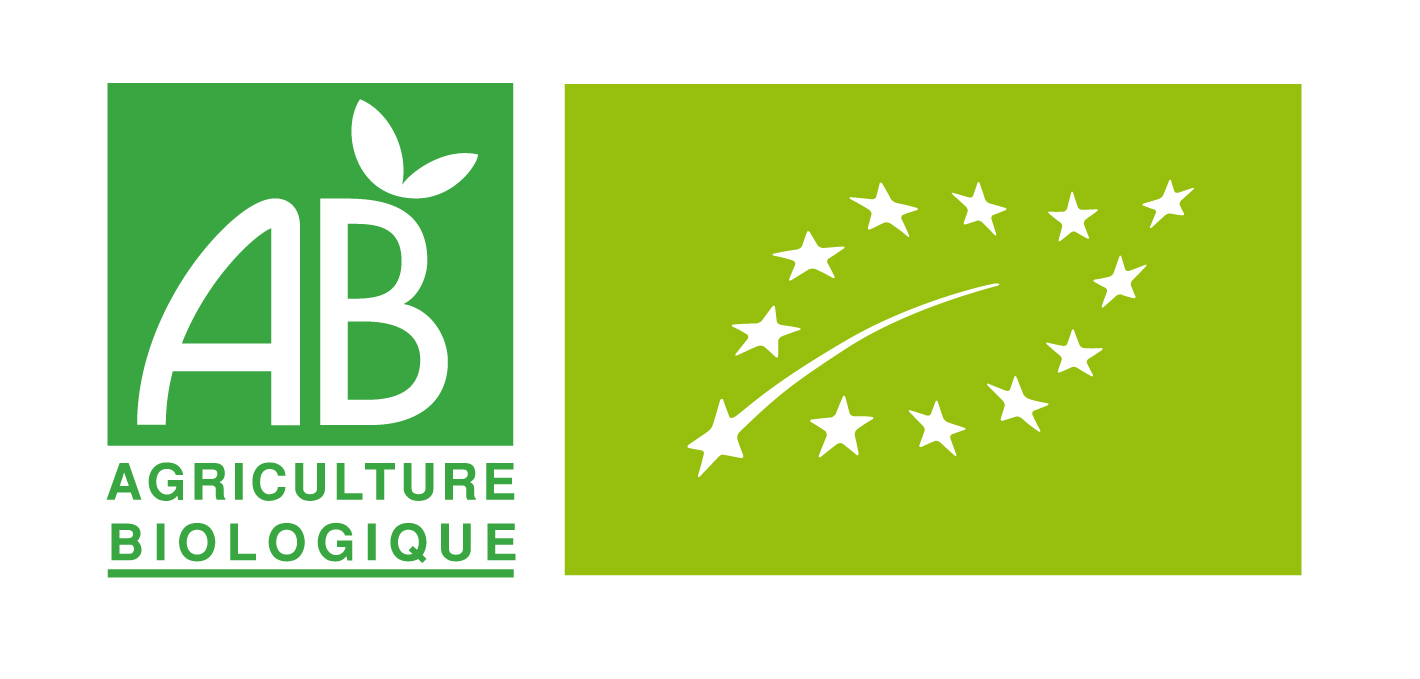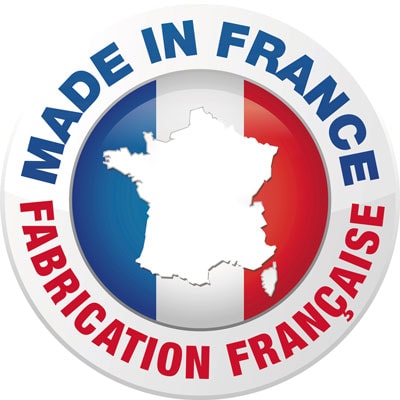- -10%
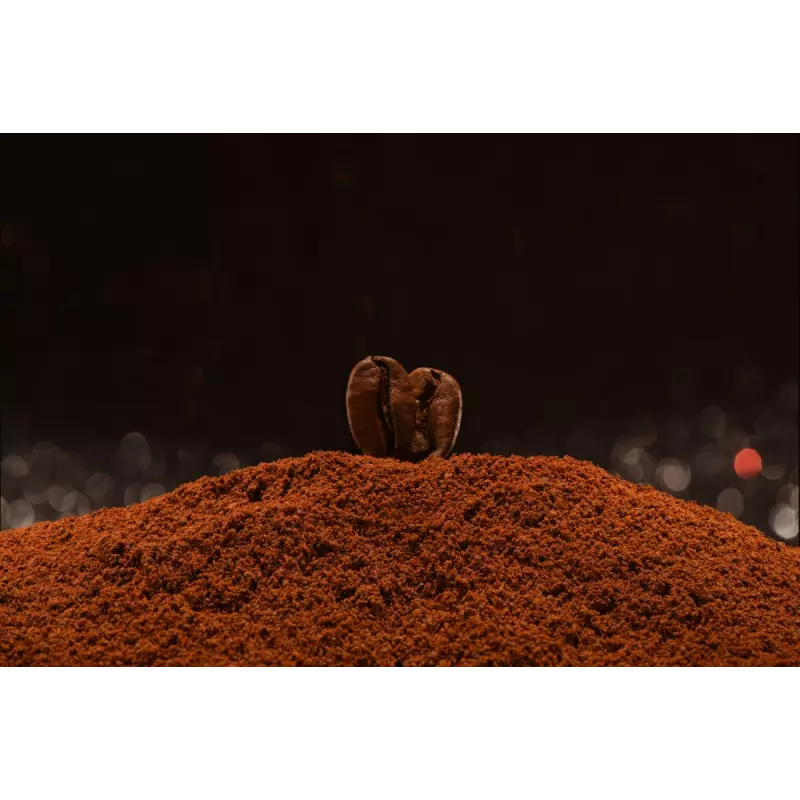
10% off sitewide at HECOSFAIR until November 3, 2025 — Celebrate Halloween with indulgence and frightfully sweet prices.
Every HECOSFAIR order helps life grow — a tree is planted in your name, offered by HECOSFAIR.
Free delivery for mainland France from 50€, from 99€ for Europe & from 199€ for countries outside Europe.











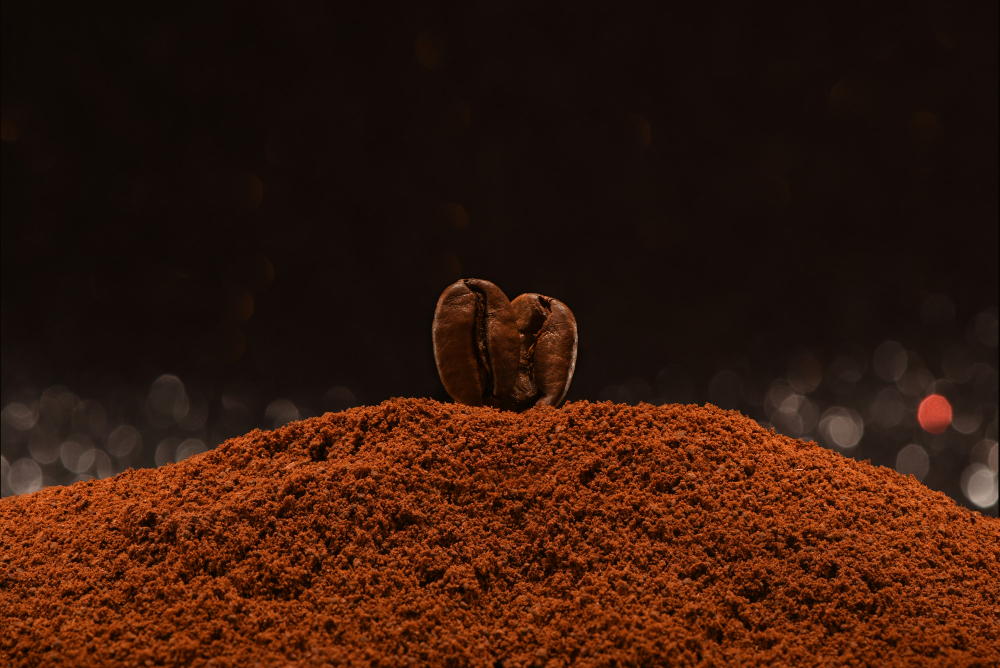
Let yourself be seduced by our Blue Mountain coffee, the legendary and rare coffee from the majestic blue mountains of Jamaica, a small Caribbean island.
The latter have been classified as UNESCO world heritage sites.
The rich and fertile soil, the high altitude, the quality of the precipitation and a thick mist combine to provide the ideal conditions for the flourishing of coffee appreciated by fine gourmets.
This coffee undergoes “fully washed” post-harvest treatments, i.e. completely washed, then undergoes rapid wet fermentation.
You will be seduced by its sweet and tangy flavor combined with a very good length in the mouth, delicate and pleasant aromas, which make it one of the best coffees in the world.

Character: Delicate and sweet aroma
Aromatic repertoire: Gourmet
Region: Blue Mountain
Altitude: 1500m-1700m
Process: washed
Variety: Arabica Typica
 Once the package has been opened, we advise you to keep the product in a cool, dry place, away from light and humidity, so that it retains all its nutritional and taste qualities.
Once the package has been opened, we advise you to keep the product in a cool, dry place, away from light and humidity, so that it retains all its nutritional and taste qualities.
 This product does not contain any allergens, however it may contain traces (eggs, soy, sulphur, nuts, etc.).
This product does not contain any allergens, however it may contain traces (eggs, soy, sulphur, nuts, etc.).
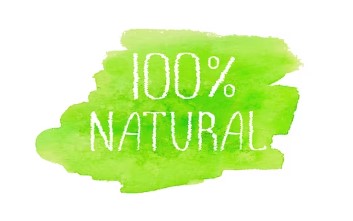

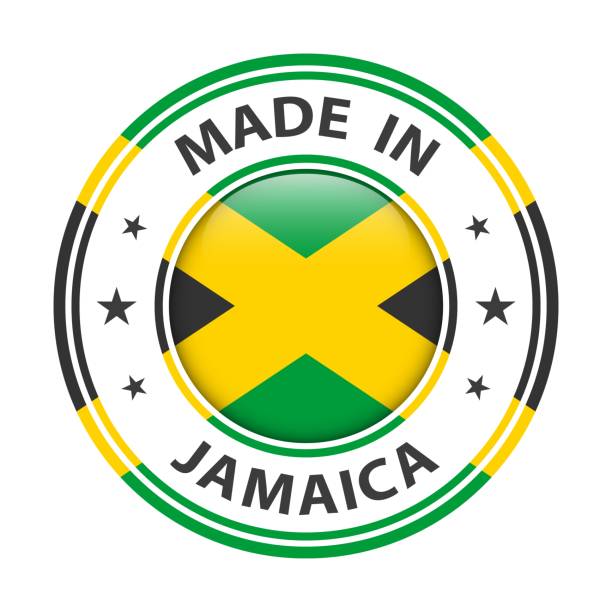
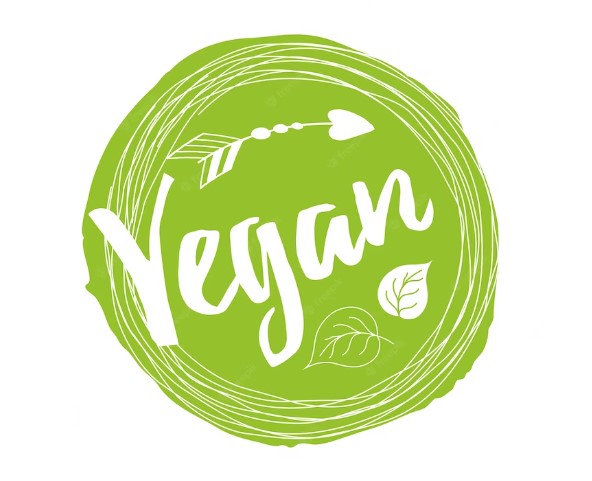
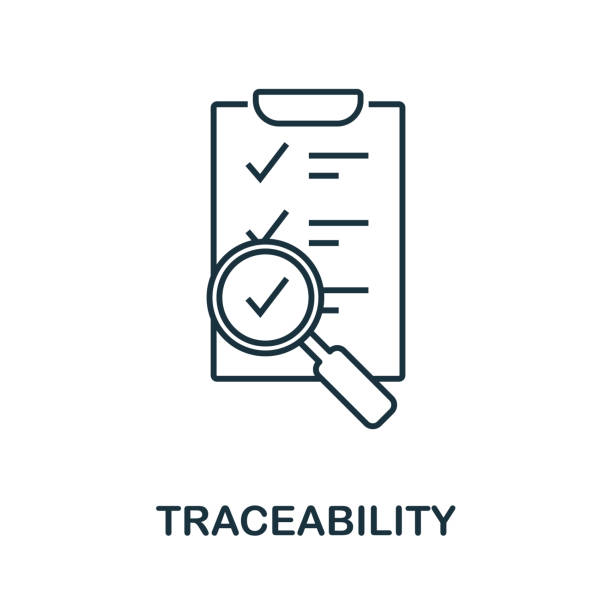



100% secure payment with PayPal & PayPlug – cards & 4x installments

Free delivery from €50 in France, €99 in Europe & €199 worldwide

Returns within 14 days (under certain conditions)
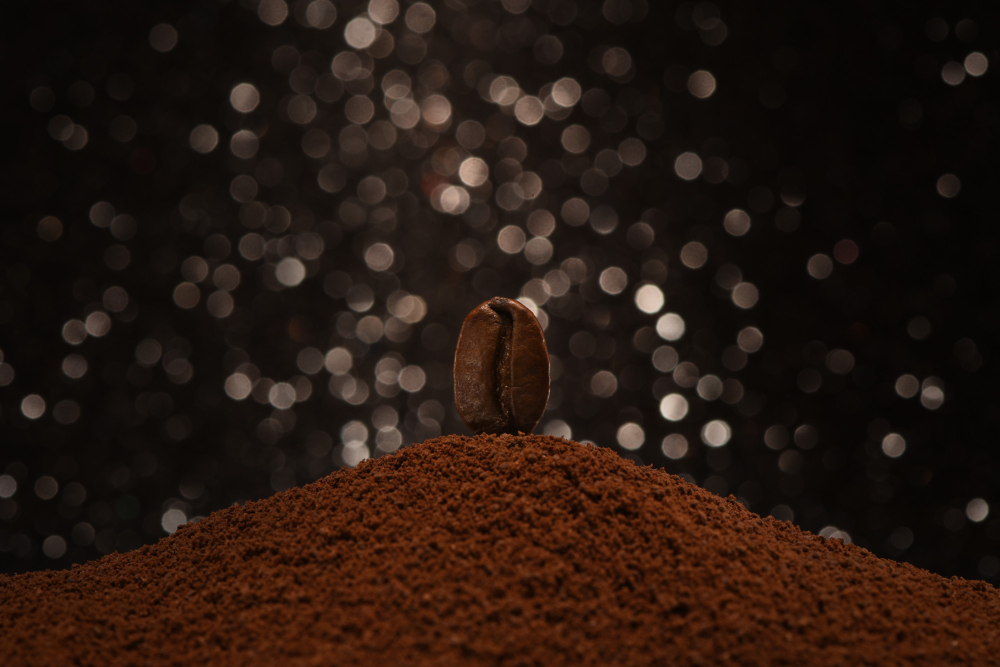
Character: Delicate and sweet aroma
Aromatic repertoire: Gourmet
Region: Blue Mountain
Altitude: 1500m-1700m
Process: washed
Variety: Arabica Typica
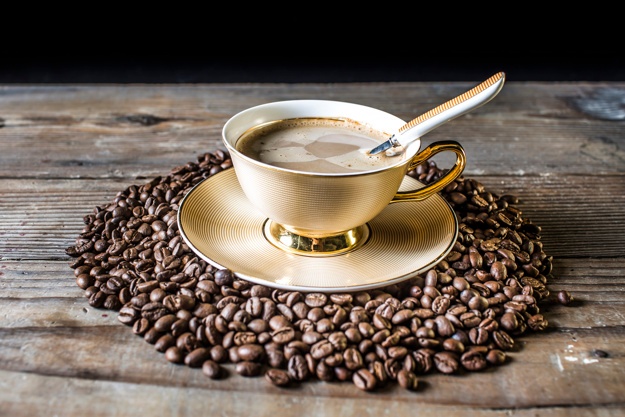
There are several legends about the discovery of coffee. One version dates it back to 850 and locates it in Abyssinia, present-day Ethiopia.
A shepherd reportedly noticed that his goats were excited after eating the leaves and fruit of a shrub. He allegedly brought a branch of the shrub to a monk, who prepared a drink from the seeds collected. Astonished by the exhilarating effect of the liquid, the monks attributed the authorship of this drink to a deity.
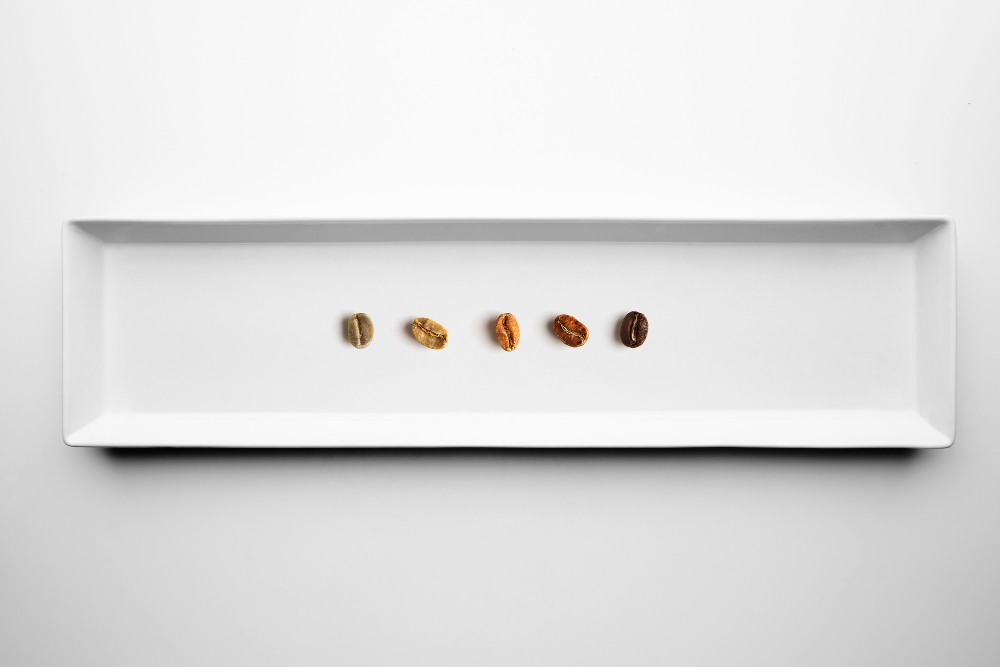
Another legend has it that the monk, after observing the agitation of the goats consuming the berries, had the idea of boiling the grains in order to obtain a potion that would help him to stay awake on nights of prayers.
The word "coffee" probably originates from the Arabic "K'hawah" which means invigorating, while some linguists claim that it comes from the word "Kaffa", the name of the province of Ethiopia where it was discovered.
In the 15th century, places of conviviality called “coffee houses” gradually flourished. We play there and we taste coffee.
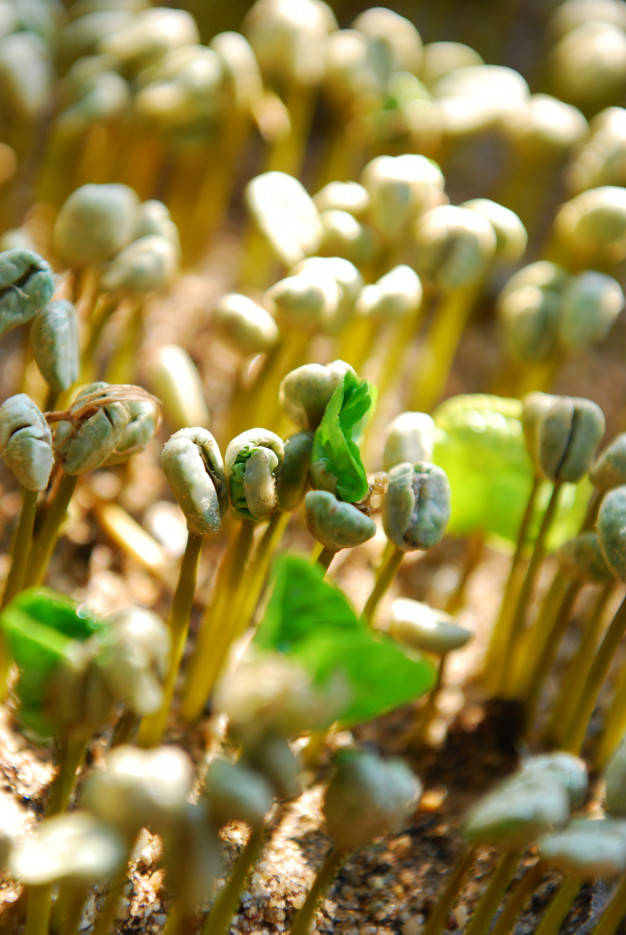
Coffee trees are shrubs from the tropics of the genus Coffea of the Rubiaceae family.
The species Coffea arabica (historically the oldest cultivated) and Coffea canephora (or robusta coffee tree), are those used in the preparation of the drink.
Other species of the genus Coffea have been tested for this purpose or are still locally used, but have never experienced wide distribution.
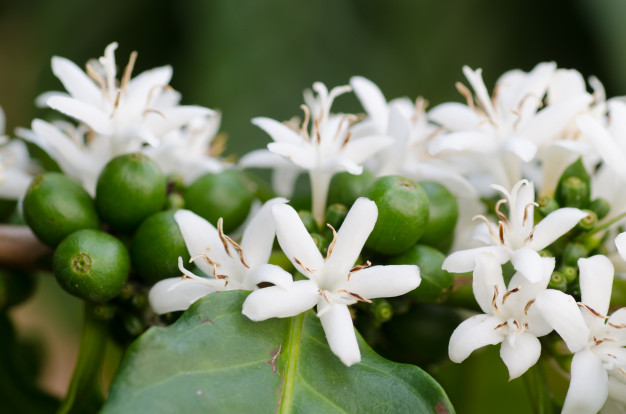
Coffea arabica, which produces a fine and aromatic coffee, requires a cooler climate than Coffea canephora (robusta), which produces a drink rich in caffeine.
The more delicate and less productive Arabica culture is therefore rather reserved for mountain lands, while that of Robusta adapts to lowland lands with higher yields.
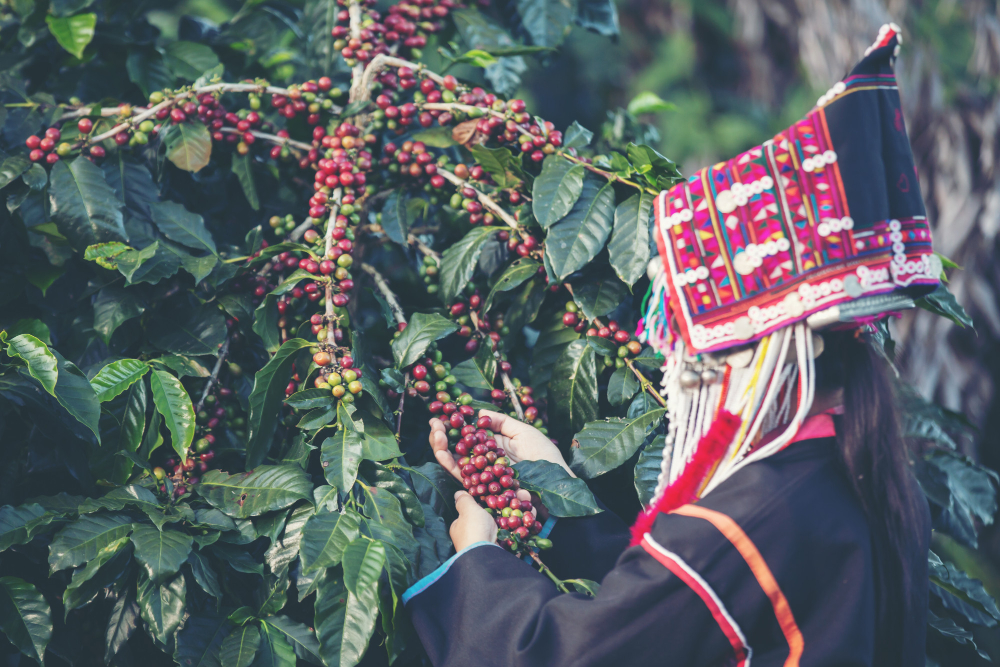
The mother plant of most Arabica plants in the world is kept at the Hortus Botanicus in Amsterdam.
Depending on the variety, the coffee tree can reach 4 to 6 m in height. However, cultivated species are cut back to about 4 m for easier picking.
The coffee tree does not begin to produce fruit until its 5th and 6th year. Its white flowers give rise to fleshy, red, purple, or yellow fruits, called coffee cherries.
Measuring between 1 and 2 cm in length, these fruits are home to two pale green seeds, covered with a leathery membrane, the parchment, containing between 1 and 2% caffeine depending on the species.
As the coffee trees produce year round, you can find flowers, green coffee cherries and red cherries on a single branch. Picking lasts an average of 3 months.
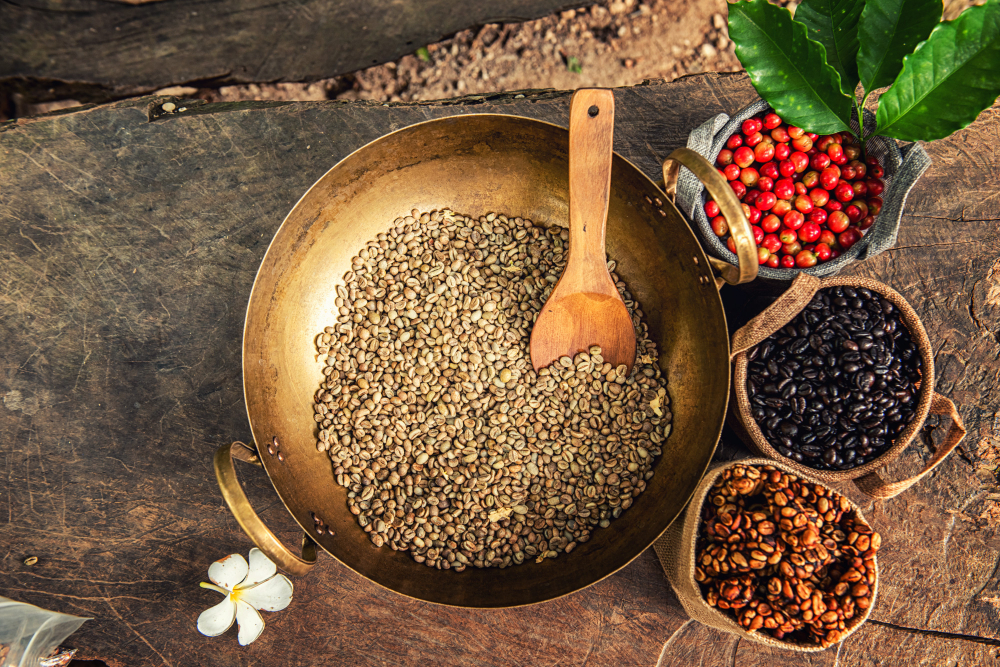
The coffee tree maintained at the dimensions of a small shrub retains high productivity for more than 30 years.
The grains are still picked manually, because their ripening is not uniform and mechanical picking does not yet give satisfactory results.
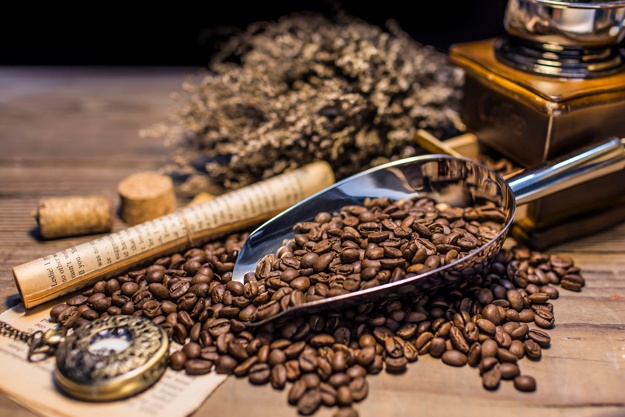
In the 15th century, Muslims introduced coffee to Persia, Egypt, North Africa and Turkey, where the first coffee, Kiva Han, opened in 1475 in Constantinople (now Istanbul).
]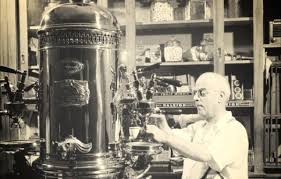
Café Kiva Han à Constantinople, Turquie
The craze is such that a Turkish divorce law at the time specifies that a woman can divorce her husband if the latter fails to provide her with a daily dose of coffee.
In Mecca on June 20, 1511, the Pasha Khair Bey noticed a group of men drinking coffee. He noticed his special qualities and gathered a group of scholars and lawyers to decide whether the drink complied with the Koran, which prohibits all forms of intoxication. As Antony Wild notes, it's easy to forget that coffee is a potent drug, the introduction of which required cultural consensus, but certainly not medical in the West. Also, heated debates accompanied the beginning of the introduction of coffee in the Islamic world.
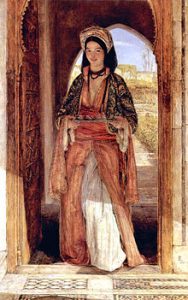
Le porteur de café par John Frederick Lewis
In 1511, Khair Bey closed all cafes and led a campaign of disinformation against the misdeeds of coffee when he learned that the criticisms against his power would all come from coffee drinkers. The closure of cafes sparked revolts, prompting the governor of Egypt to revoke the ban. Coffee consumption can then continue to grow. There are a thousand cafes in Cairo in 1630.
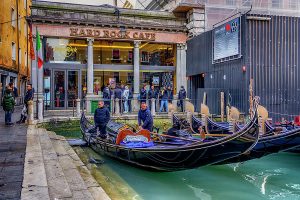
Around 1600, coffee arrived in Europe thanks to the Venetians. Very consumed in Venice, it is however subject to controversy and certain advisers of the Pope ask him to ban it. But after having tasted and appreciated it, Clement VIII decides to rename it and to democratize its consumption, all the monks then begin to consume it.
Around 1650, England imported coffee and the first coffees appeared. Intellectuals come together to philosophize around a "little black man".
In 1670, the first café opened in Berlin.
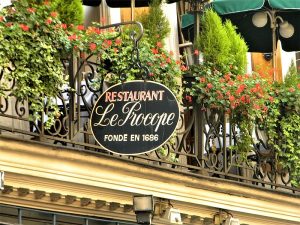
In 1672 the first Parisian café was born, the Procope, an establishment founded by a Sicilian, who had himself bought a shop from the Armenians. In 1686, a new way of preparing it was invented: by percolating hot water into the coffee retained by a filter.
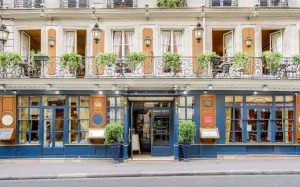
The history of Vienna's famous cafes begins with the Battle of Vienna in 1683. From the defeated Turks, bags of green beans are seized which turn out to be coffee.
In the middle of the 18th century, every city in Europe had cafes
Around the 1650s, coffee began to be imported and consumed in England, and cafes opened in Oxford and London. The cafes become places where liberal ideas are born, through their frequentation by philosophers and scholars. Pamphlets and libels are distributed in cafes.
In 1676, this agitation prompted the King's attorney in England to order cafes to be closed, citing crimes of lese majesty against King Charles II and the kingdom. The reactions are such that the closing edict must be revoked. The coffee-powered flow of ideas will profoundly change the UK. There were more than two thousand cafes there in 1700. The famous Lloyd's insurance company was originally a cafe founded in 1688.
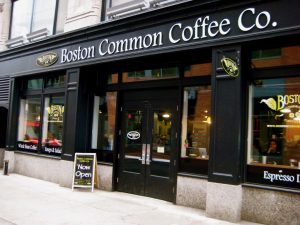
The café crossed the Atlantic in 1689 with the opening of the first establishment in Boston. The drink gained popularity and achieved the rank of national drink after the rebels threw the tea overtaxed by the British crown into the sea during the Boston Tea Party. This helping hand is prepared in the Dragon Vert café.
In 1732, Jean-Sébastien Bach composed an ode to coffee.
Gradually, over the centuries, the consumption of coffee has spread around the world to become a daily act.
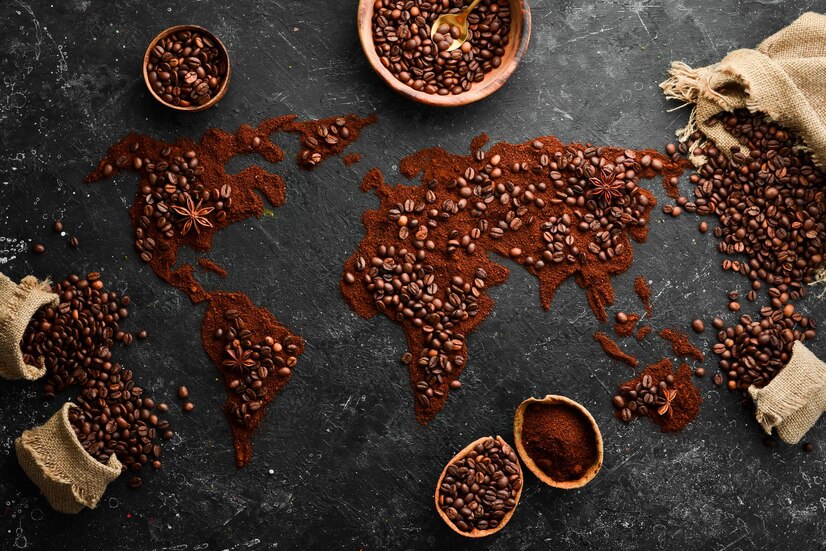
During the 18th century, the drink became popular in Europe, and European settlers introduced coffee cultivation in many tropical countries, as an export crop to meet European demand. Haiti, Brazil, Colombia, Vietnam, Kenya, Côte d'Ivoire are among the largest coffee producers in the world.
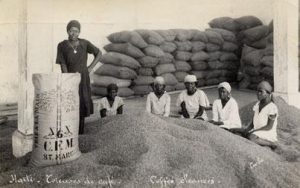
In the 19th century, demand in Europe often exceeded supply and stimulated the use of various substitutes with similar tastes, such as chicory root.
Coffee begins to be cultivated in the English colonies, particularly in Ceylon, but the plantations are ravaged by disease and are eventually replaced by tea plantations.
The Dutch have it grown in Indonesia.
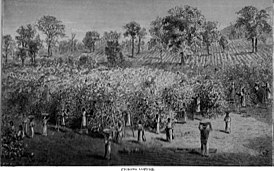
In 1714, the French infantry captain Gabriel Mathieu de Clieu stole a cutting from a plant offered by Holland to Louis XIV and kept in the royal greenhouses to plant it on the slopes of Mount Pelée in Martinique and Saint Domingue. Fifty years later, there are 19 million plants in Martinique.
The first plantation in Brazil was established in 1727 by Francisco de Mello Palheta. Its industry depends on the practice of slavery which was abolished in 1888.
Annual production in the 20th century was 6-7 million tonnes, while 100 years earlier it was only 100,000 tonnes.
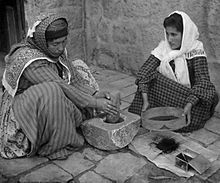
Plantations can be made in the open, which facilitates the organization of cropping operations and increases fruit production, but decreases the longevity and resistance to diseases of coffee trees.
Plantations can also be made in partial shade (we speak of shade coffee), which corresponds better to the autecology of the species, but reduces productivity and complicates management.
There are many variations on shade growing methods, from planting directly in the forest to clever combinations of shelter trees pruned according to the fruiting stage of the coffee trees or to polyculture systems.
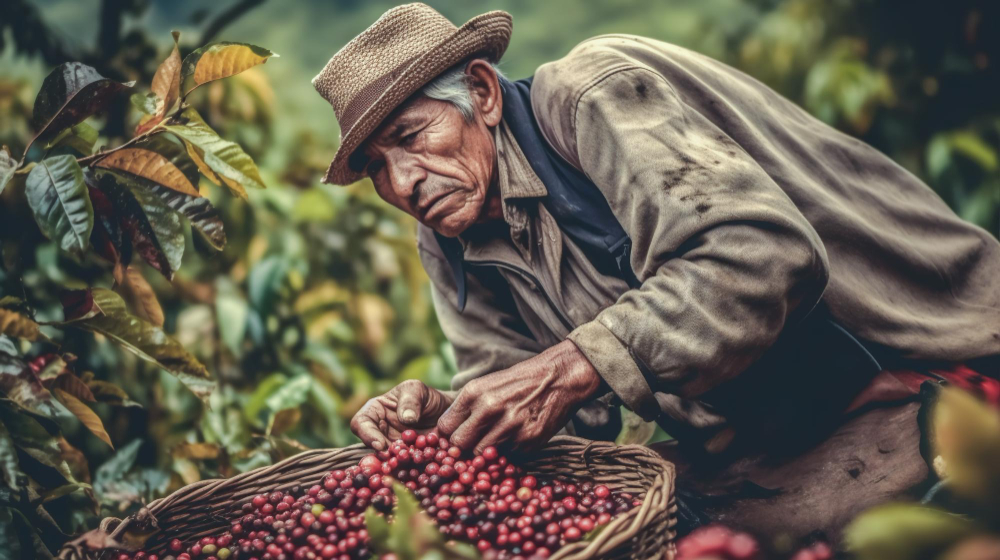
Shade plantations generally induce better biodiversity, however very variable in quality depending on the systems used and compared to the initial natural state.
When the fruits reach maturity, 6 to 8 months after flowering for arabica, 9 to 11 months for robusta, the coffee harvest can begin. Two methods are used: picking or destemming.
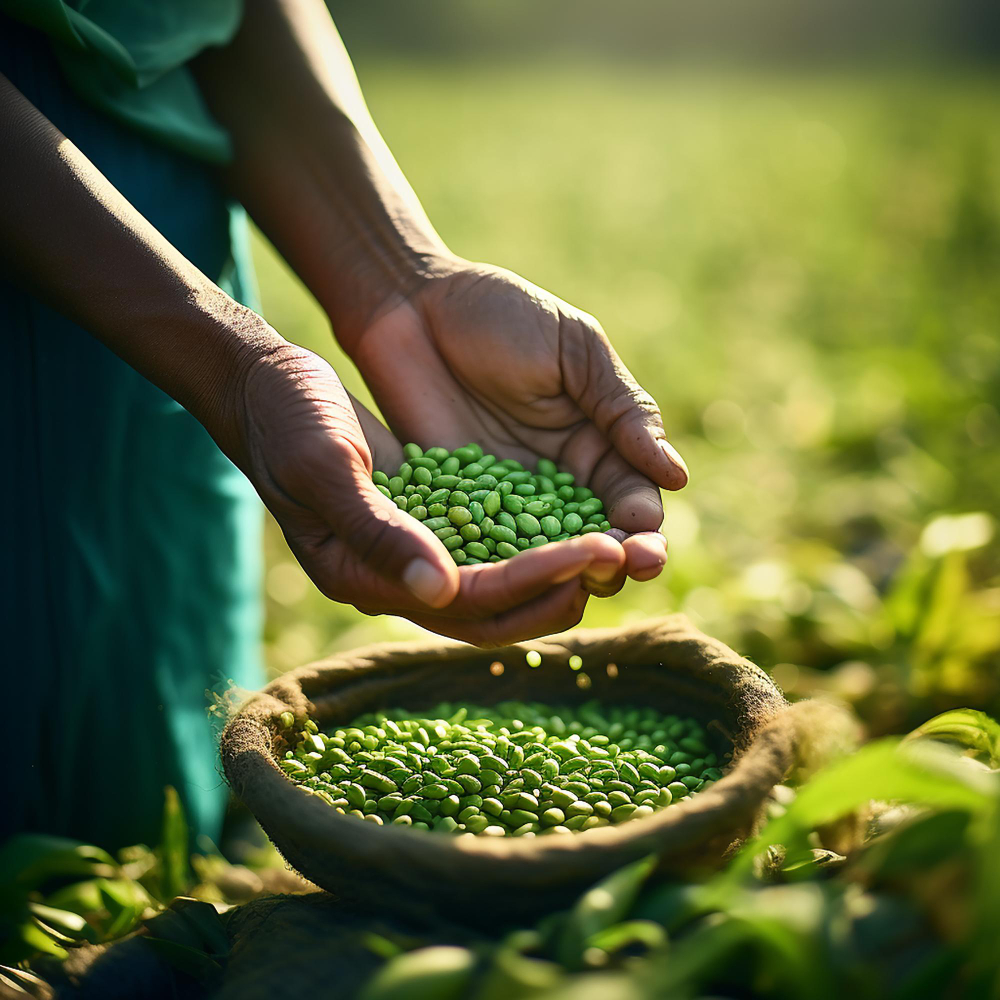
Picking consists of manually picking only perfectly ripe cherries. This is the most expensive technique, which requires you to go back several days on the same shrub, but which provides the best coffee qualities.
On the contrary, destemming consists of scraping the branch of all its cherries, the process possibly being mechanized. This expedient technique is used to harvest a heterogeneous mixture of more or less ripe cherries, at the origin of more acidic coffees (because of the still green fruits).
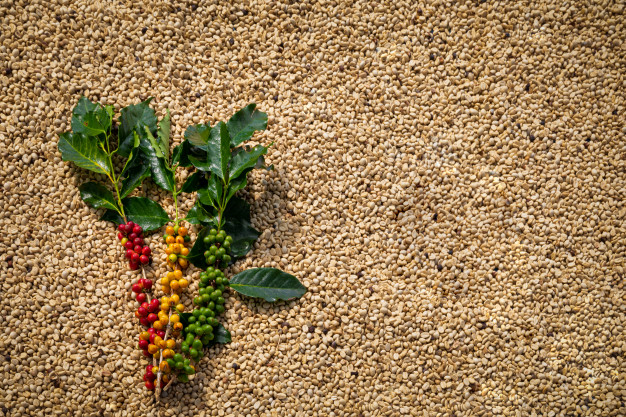
The coffee fruit is a type of drupe, that is, the beans are covered with the flesh of a fruit. After harvesting, the coffee should be quickly freed from its fleshy husk by drying or washing.
Drying is carried out on drying areas, where the coffee cherries are spread out and regularly raked. In a few days, the fleshy part becomes dehydrated and partly disintegrates.
Washing can only concern very ripe fruits (harvested by picking). The process involves, after breaking the skin of the cherry, soaking the fruit in water long enough for fermentation to break down the fleshy part. This results in washed coffees, described as “clean and shiny”, generally less acidic and with a better flavor. The technique, often mechanized, requires the availability of tanks and a sufficient water supply.
After drying or washing, the coffee bean is still enclosed in the stone of the fruit (the endocarp): it is shell coffee (after drying) or parchment coffee (after washing). It must be sorted, in order to eliminate any rotten, discolored or damaged beans. Sorting can be mechanized in industrial plants using photoscope sensor cameras (CCDs), but this is still often done manually in developing countries.
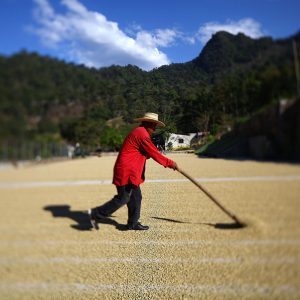
Traditional hand drying, Panama
Coffee can be stored, protected by its shell for a while. Some crops are even aged this way to improve the flavor of the coffee.
The last preparation operation, making it possible to obtain green coffee, therefore consists in mechanically dehulling the beans. It also rids the grain of its thin silvery skin (the integument). The hulls are generally recovered and used as fuel.
It is the dried or washed, then shelled grains that are traded on international markets.
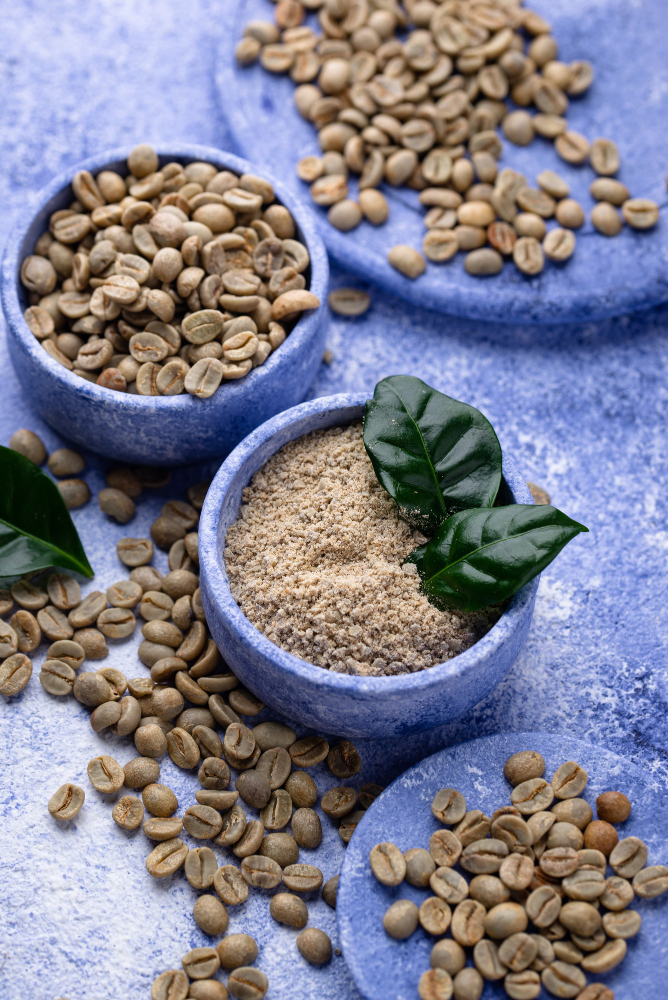
Green coffee, not having undergone the cooking step, is therefore richer in molecules such as caffeine, chlorogenic acid or even cafestol and kahweol.
Chlorogeneric acid, a polyphenol that belongs to the class of anti-oxidants, helps fight cell aging.
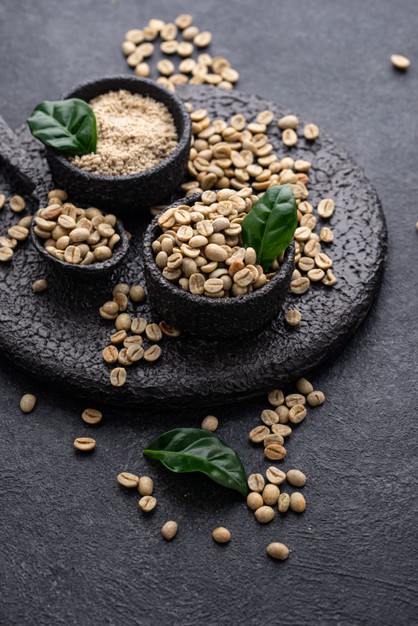
Cafestol and kahweol are specific molecules of the green coffee bean. These are diterpenes, like retinol (Vitamin A). They are involved in the secretion of an enzyme in the liver, Gluthation-S-transferase, which helps digestion and the elimination of toxins. An American scientific publication dating from August 2002 shows the anti-carcinogenic effect of the diterpenes cafestol and kahweol.
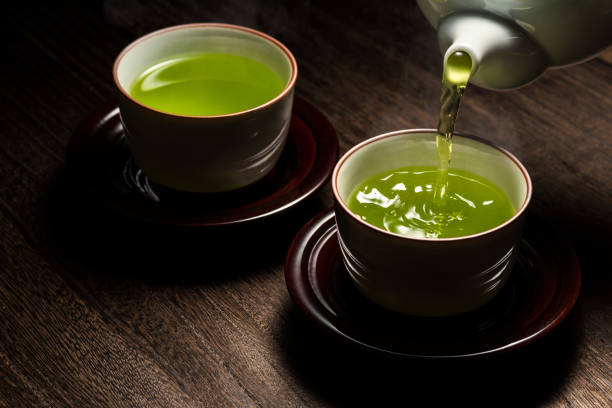
Caffeine, on the other hand, increases energy expenditure and improves fat burning. It facilitates the elimination of sugars and has an anti-migraine action.
All these draining, stimulating and well-being properties of green coffee associated with an adapted diet will contribute to weight loss.
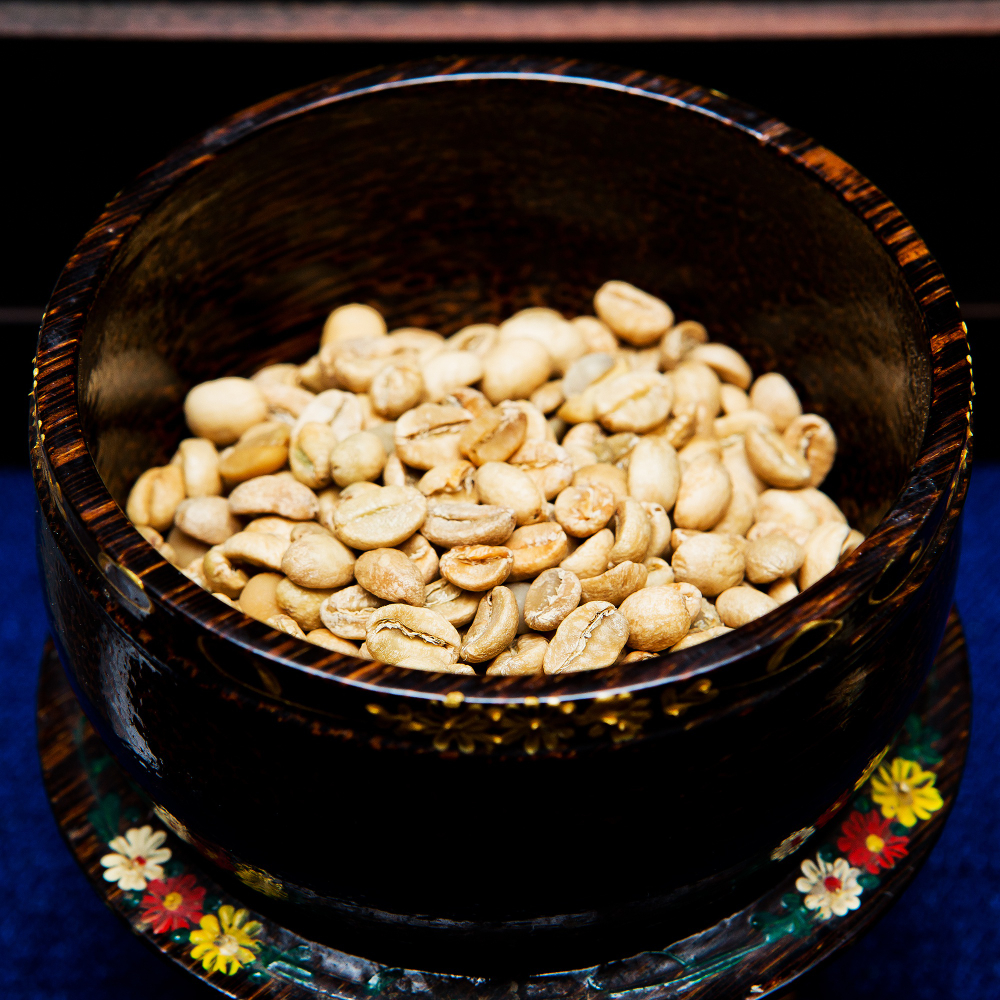
The taste of coffee without the excitement: it is to meet such demand that the decaffeination processes have been developed.
The decrease in caffeine content comes at the expense of taste qualities. In addition, decaffeination is never total. In most cases, five to ten cups of decaffeinated coffee per day will provide a dose of caffeine equivalent to that of 2 cups of caffeinated coffee.
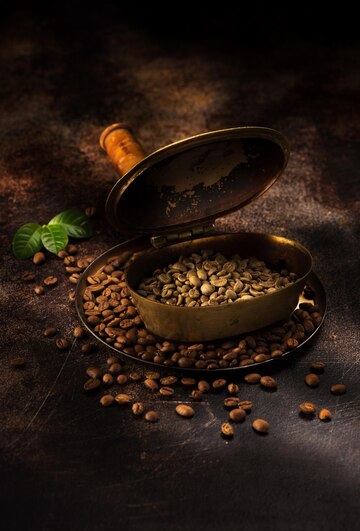
This study by an American team tested nine brands of decaffeinated coffee by gas chromatography.
All but one contained caffeine in very significant doses: from 8.6 mg to 13.9 mg of caffeine, for an average of 85 mg in an equivalent dose of non-decaffeinated coffee, which is enough - according to Dr. Mark S. Gold, professor of psychiatry at the University of Florida, for causing physical dependence on coffee in some consumers of decaffeinated.
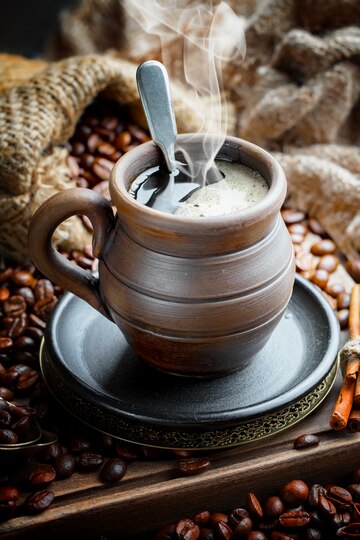
Several methods exist. Their general principle consists in soaking the beans in water then in extracting the caffeine from the liquid thus obtained by adding organic solvent or by adsorption on activated charcoal, and finally in re-soaking the beans in the liquid depleted in caffeine so that 'they reabsorb the other compounds still present. The solvent, mainly ethyl carbon dioxide acetate found in fruits, never comes into contact with the kernels, only with the water in which the kernel has soaked. There is also a method of decaffeination using a pressurized jet.
Coffee can be served as is, or mixed with milk or cream. It is frequently sweet, and sometimes it is added chocolate or spices such as cinnamon, nutmeg, or cardamom. It is usually served hot, but iced coffee drinks have become popular recently. The taste for coffee is not spontaneous, but must be cultivated, since its flavor is strong and bitter.
Arriving at their destination, the beans are roasted (strongly heated, we also speak of burning or toasting), which develops their aroma and gives them their dark color. They are then ground.
Roasting Levels:
blonde, cinnamon, medium, monk's robe, brown, dark brown, French (or mid-black), Italian (black)
With roasting, the beans double in size.
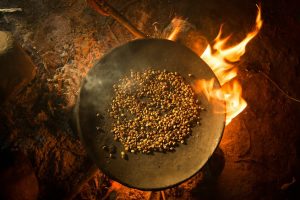
As heat begins to be applied, the color of the green grains changes to yellow, then cinnamon brown.
This is when the grain loses its moisture.
When the temperature inside reaches around 200°C, the oils come out of the beans.
In general, the more oil, the more flavorful the coffee.
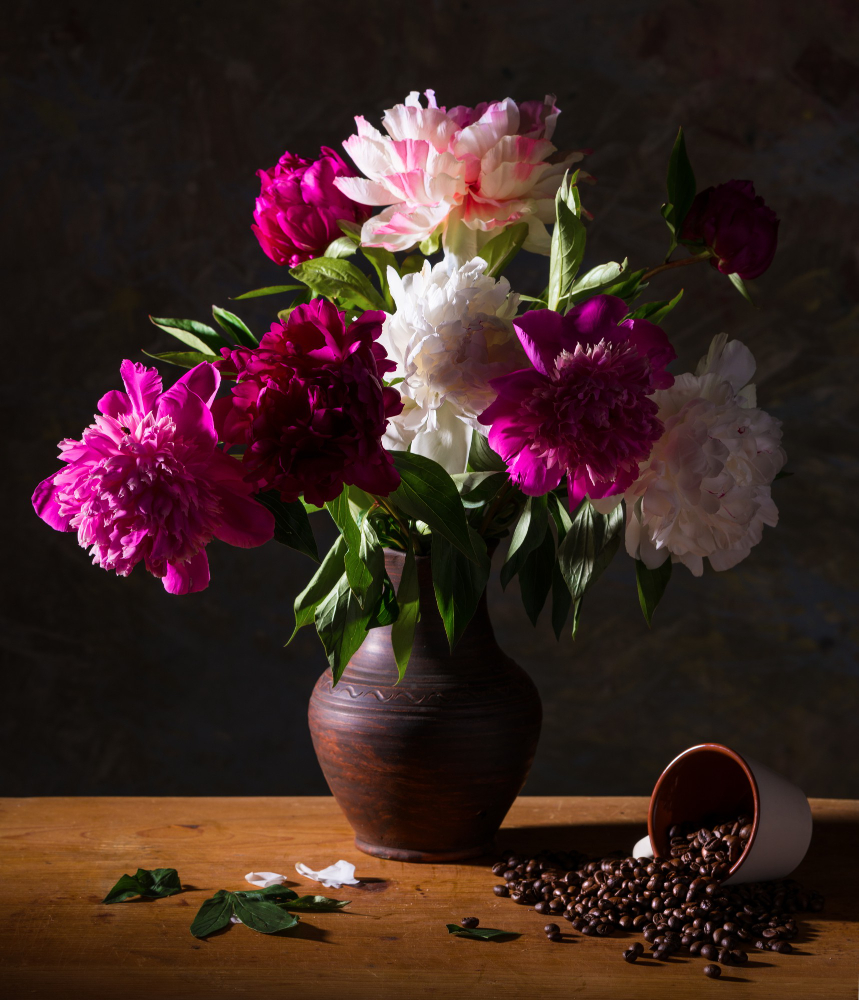
The beans become darker and release more oil until roasting is stopped by removing them from the heat source.
Until the 19th century, the beans were purchased green and roasted in a pan.
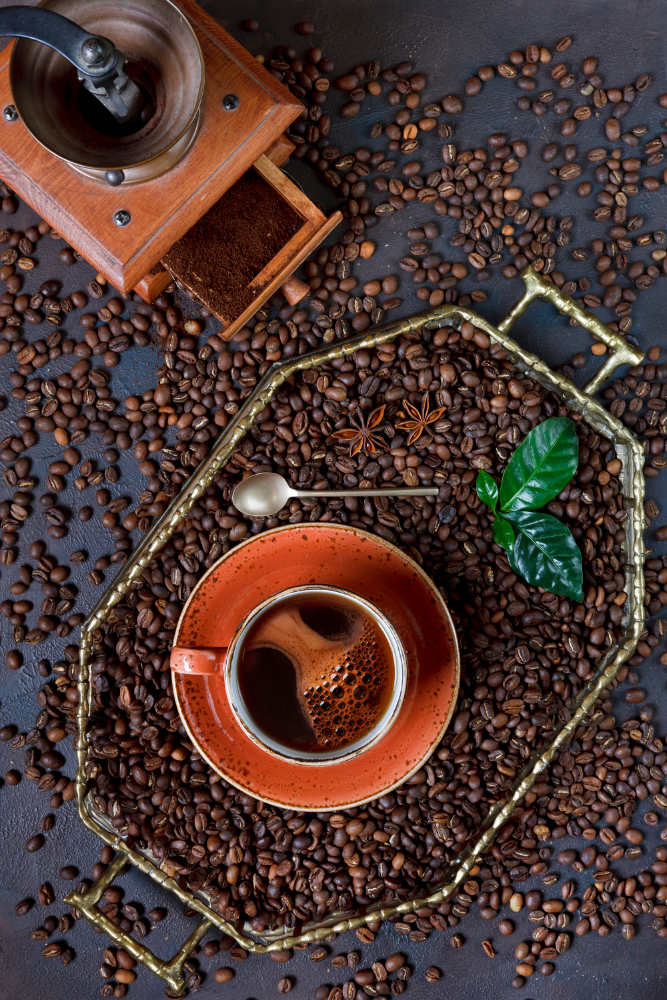
Last step of the preparation, the roasted coffee beans must be ground.
The fineness of the grind is essential to the quality of the drink and must be adapted to its preparation method.
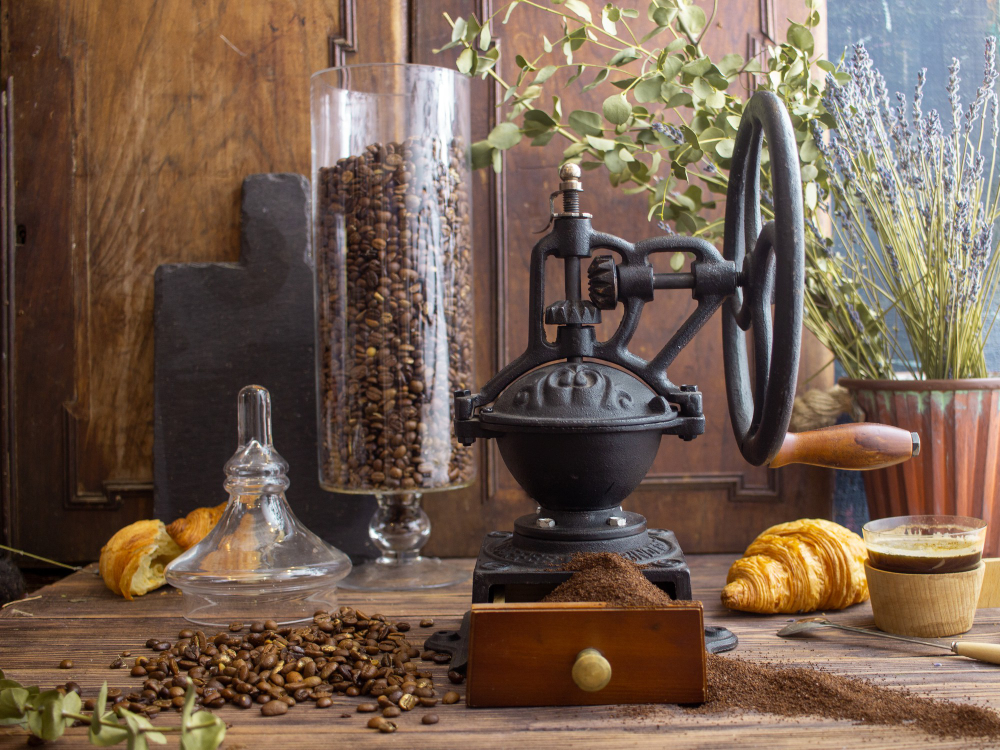
The shorter the exposure to hot water, the finer the grind must be to quickly release the aromas, whereas if the contact with water is prolonged, the grind must remain thicker to avoid producing overly steeped coffee. with a strong and bitter taste.

However, if the grind is really too coarse, it can only result in a tasteless, washed-out drink.
Ground coffee deteriorates and loses its aromas quite quickly because the contact surface with the oxygen in the air is considerably increased. To fully enjoy a good coffee, it is therefore recommended to grind the beans at the last moment.
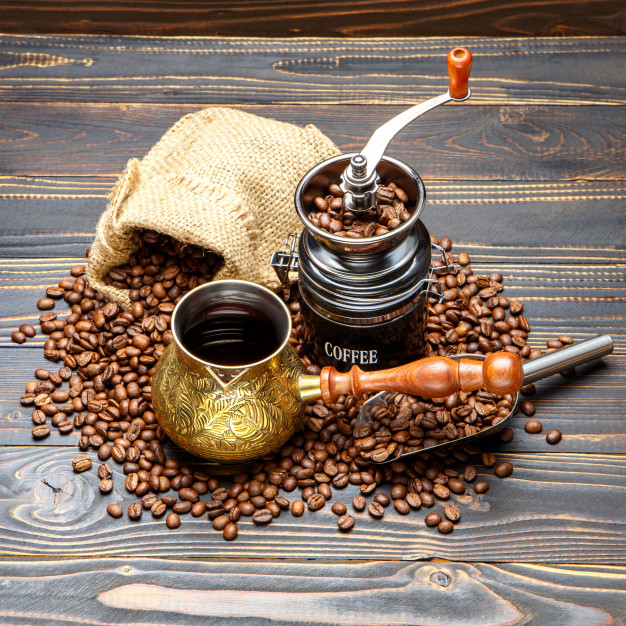
Otherwise, vacuum storage of ground coffee prevents too much loss of aroma.
In the past, coffee beans were ground with a stone mill or mortar and pestle.
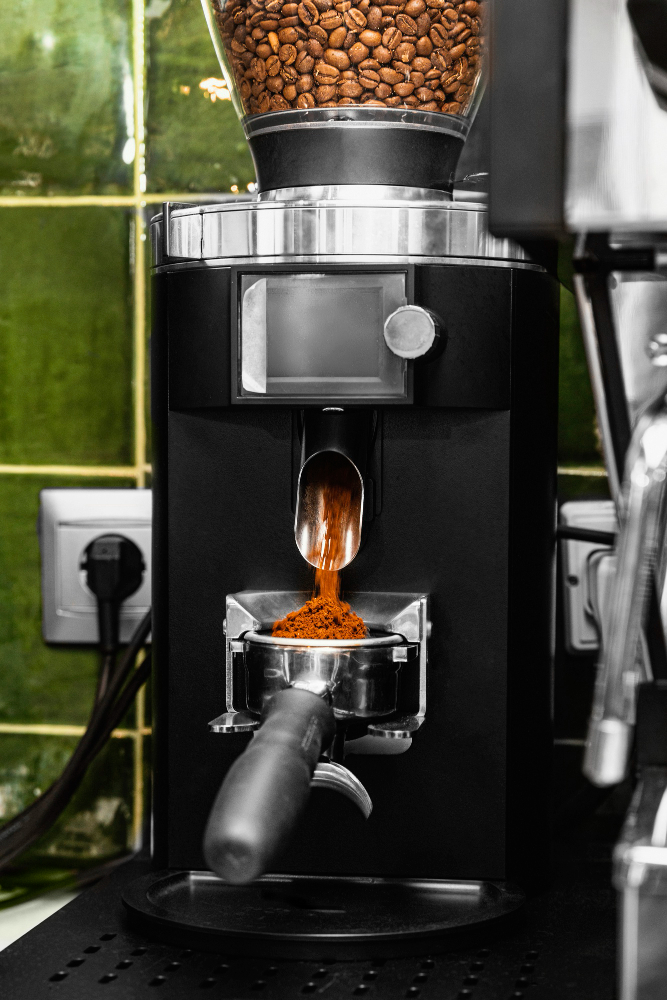
The invention and manufacture of the coffee grinder, inspired by pepper mills, however, accompanied the spread of coffee in the West: numerous professional or domestic models followed one another.
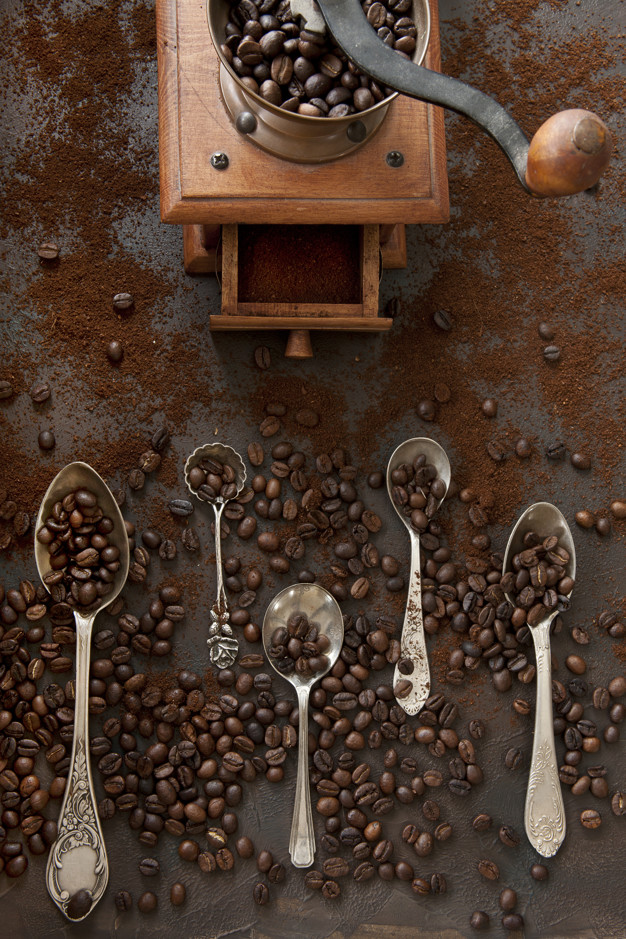
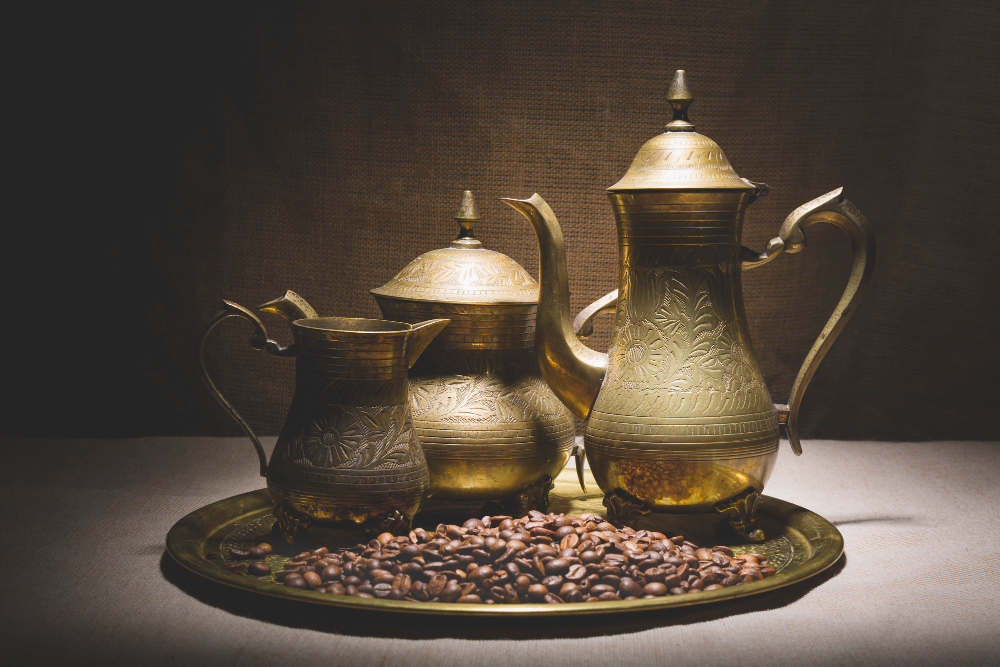
While there are many ways to prepare the drink quickly: instant coffee, simply dissolved in a cup of hot water, or a coffee machine, the coffee lover will prefer the traditional methods using freshly ground beans (or the coffee in pods, a recent variant of filter coffee and espresso) as well as the use of a manual or semi-automatic coffee maker.
There are five methods of preparing coffee, each giving the resulting drink very distinct organoleptic properties and compositions.
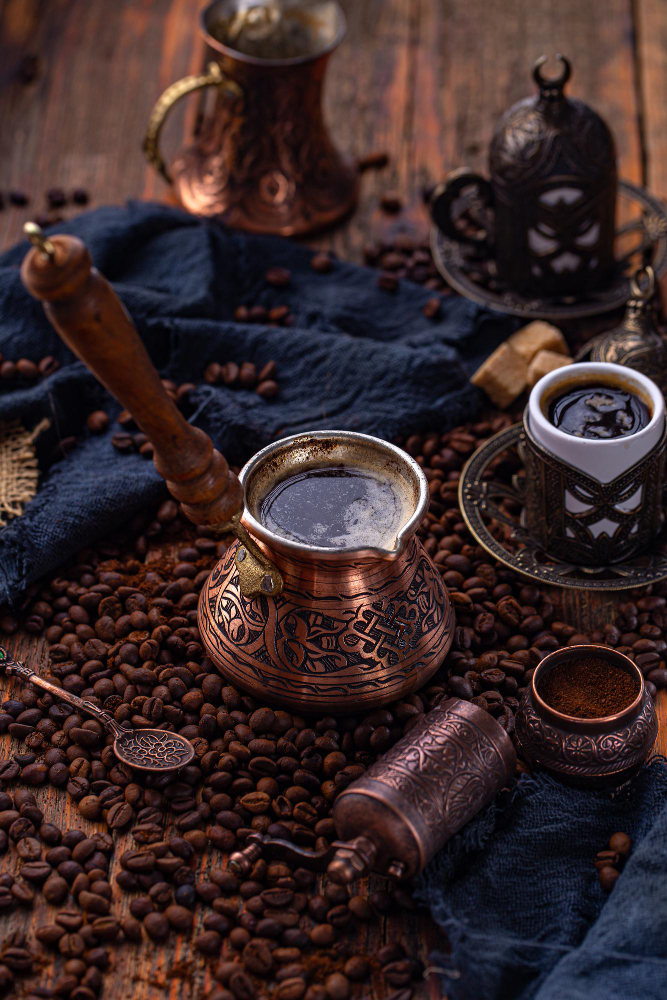
This method is used in the preparation of Turkish coffee (or Greek coffee), where an extra-fine grind of coffee mixed with water and sugar (for 300mL of water, 1 sugar, and 3 coffee) is boiled in an Arabic coffee pot or any other pot suitable for cooking (this is the oldest method).
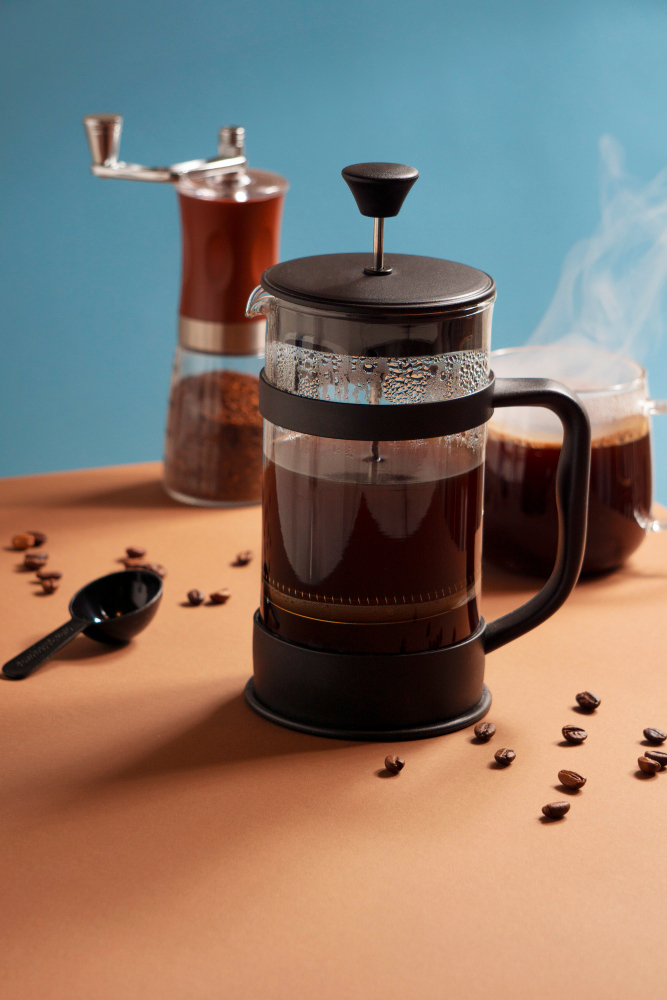
This method requires the use of a French press. In a glass container, a filter in the form of a piston allows the separation of the grounds from the drink by isolating them at the bottom of the container. This is how you taste coffee from a coarse grind on a plantation.
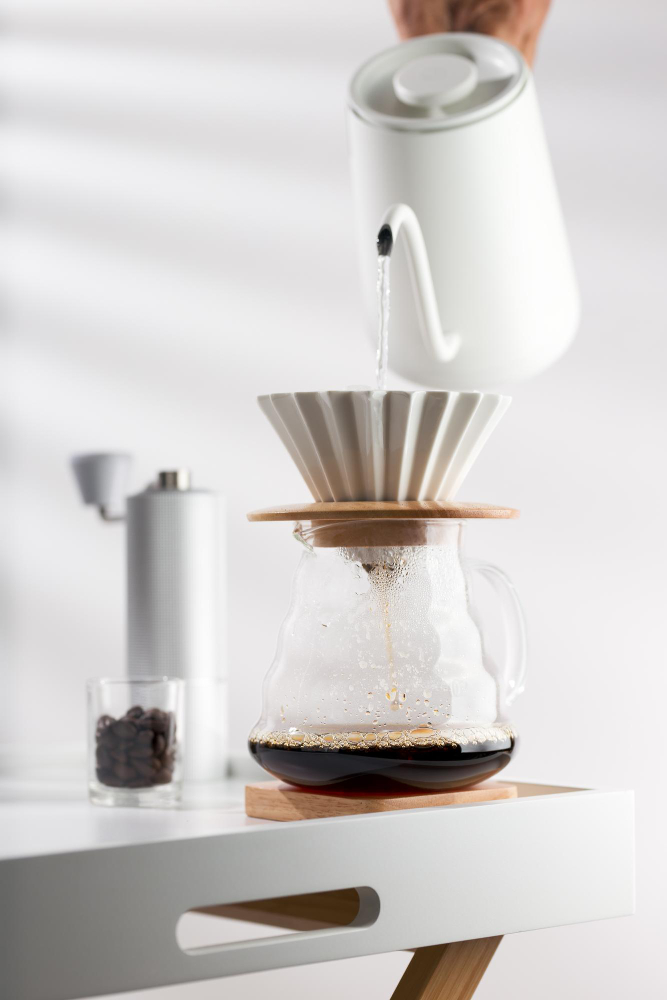
This is the most common method today. Filter coffee is prepared by slowly passing boiling water through a filter filled with coffee powder.
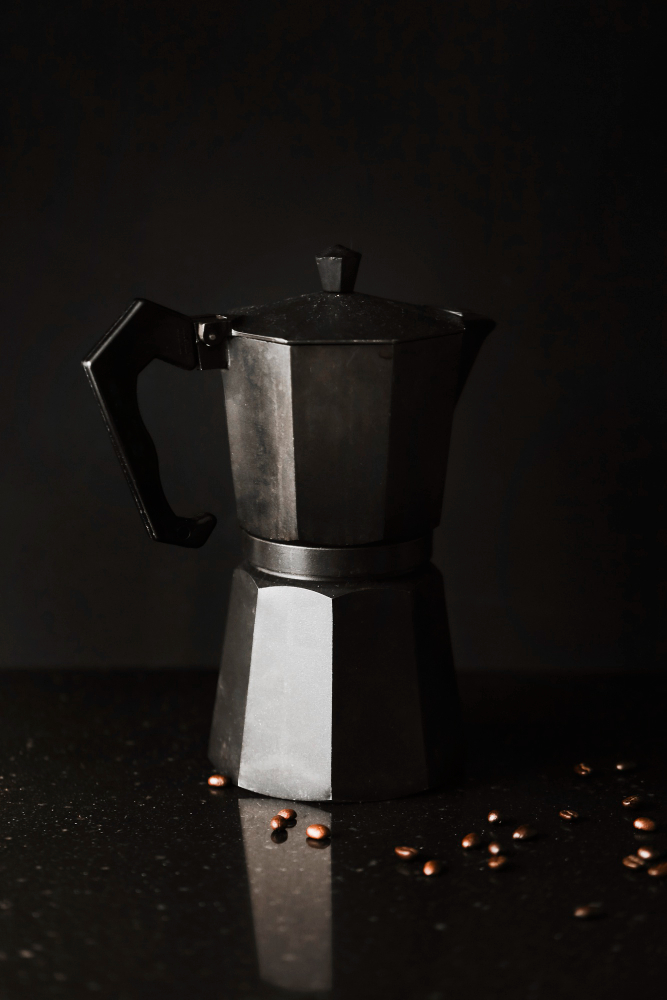
This is the process used by Italian coffee makers. This is forced steam leaching. This type of coffee maker consists of two compartments (1) & (2) separated by a filter holder (5) which contains a dose of coffee. When heated, the water placed in the closed tank evaporates, then rises pushed by the steam under pressure; in passing, it crosses the coffee and overflows at the top of the chimney to finally fall back into the jug. The device is used for both preparation and serving.
These coffee makers work ideally on hobs (electric or wood/charcoal stoves). On gas, you have to lower the heat when the water starts to rise. If there is not enough water in the tank, there is a risk of burning the joint and the coffee.

High pressure percolation is a process that allows you to make espresso (or express coffee). The difference with the previous method comes from the pressure which is established by means of a pumping system: rotary pump for professional machines or vibration pump for the general public, older machines use a hydraulic piston or manually operated with a lever . It allows rapid preparation of coffee, hence the name of the beverage thus obtained.
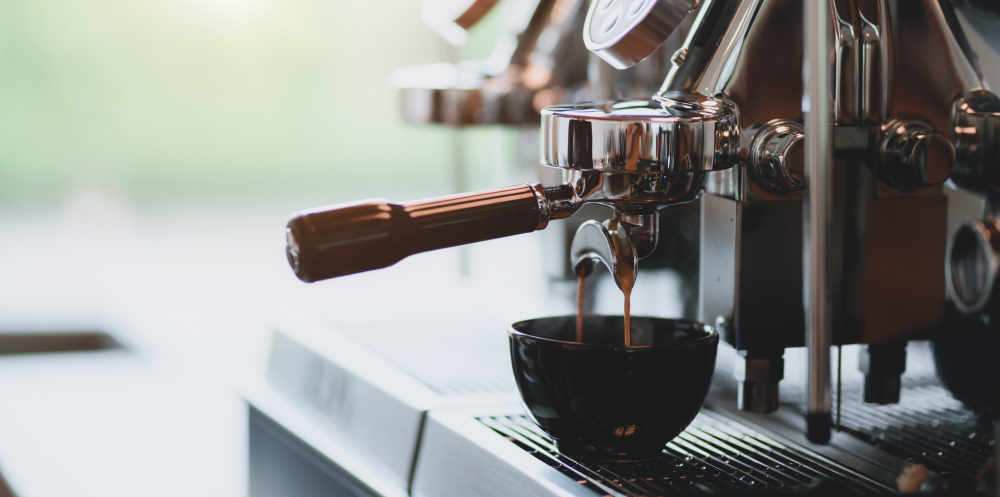
Coffee can be served as is, or mixed with milk or cream. It is frequently sweet, and chocolate or spices such as cinnamon, nutmeg, or cardamom are sometimes added. It is usually served hot, but iced coffee drinks have become more common recently. The taste for coffee is not spontaneous, but must be cultivated, since its flavor is strong and bitter.

Among the most widespread variations of coffee drinks, we can mention:
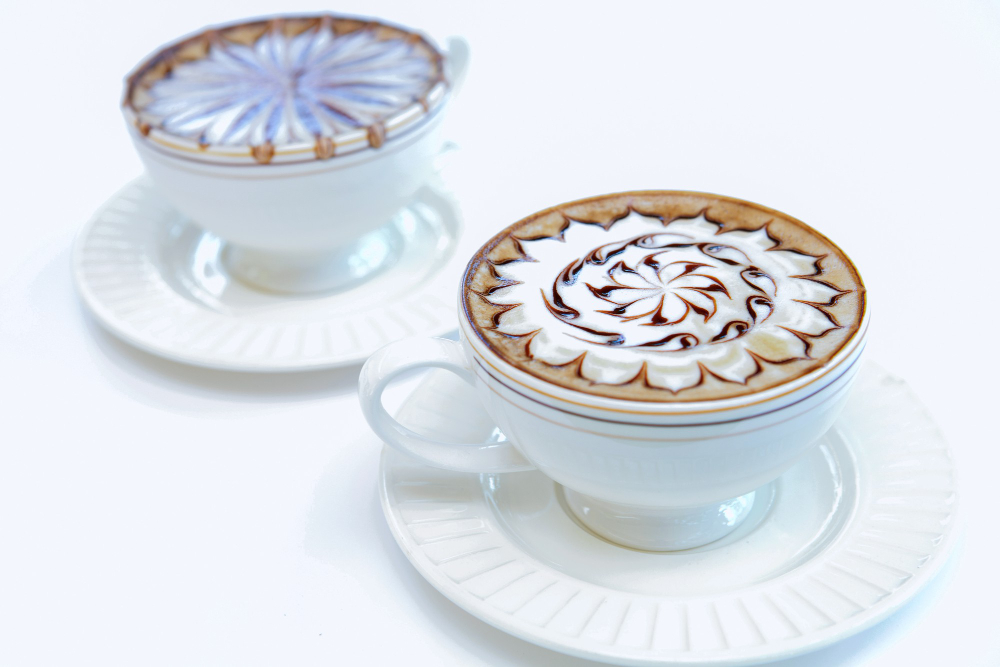
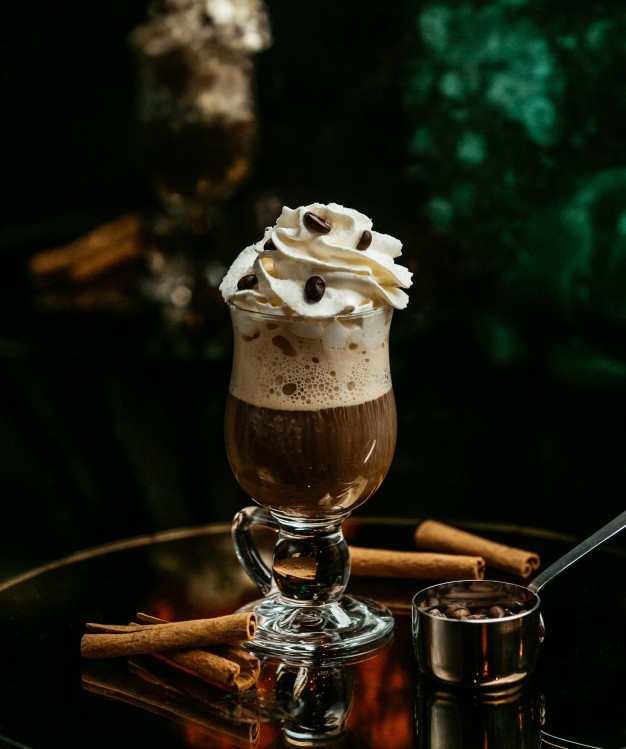
Coffee contains caffeine, an alkaloid having, among other things, stimulating properties. For this reason, it is mostly consumed in the morning or during working hours, and sometimes late at night, by those who want to stay awake and focused. Decaffeinated coffee, or "decaf", from which most of the caffeine has been removed, allows you to enjoy the taste of coffee without the stimulation. There are also herbal teas that taste similar to coffee, but which do not contain caffeine.
Addiction to coffee (caffeine) is very common and withdrawal gives rise to noticeable symptoms.
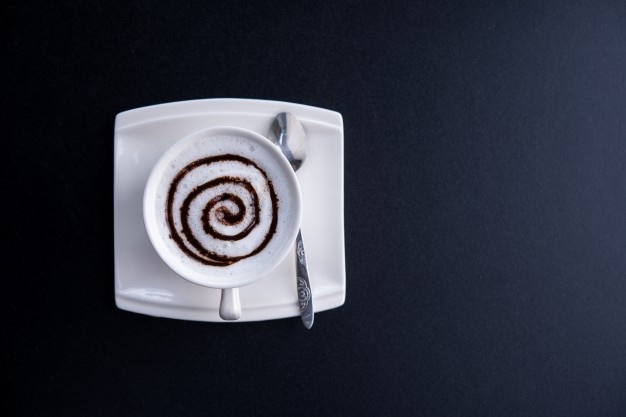
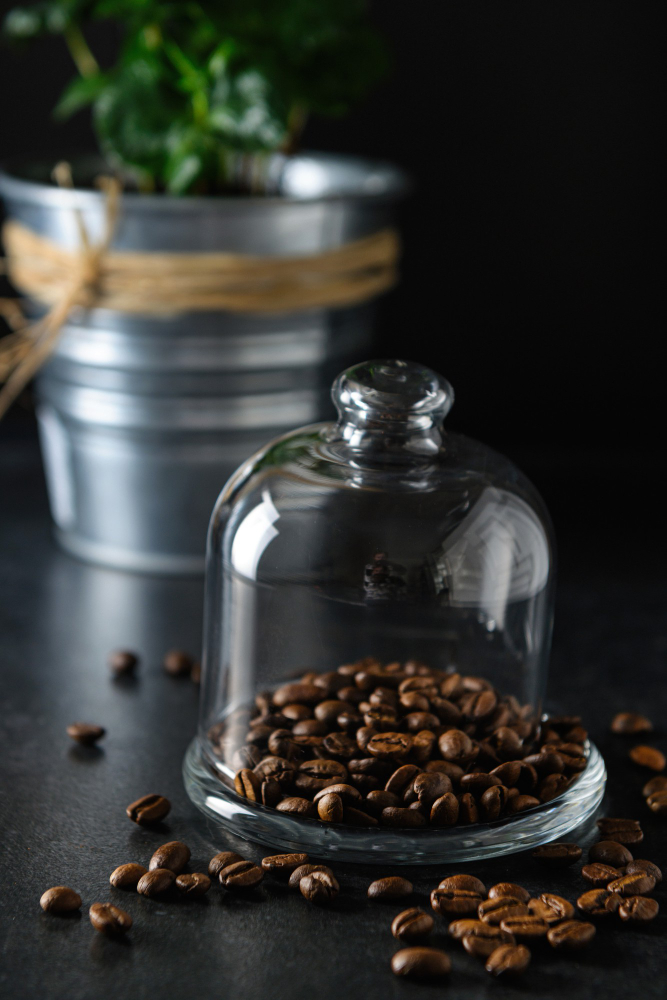
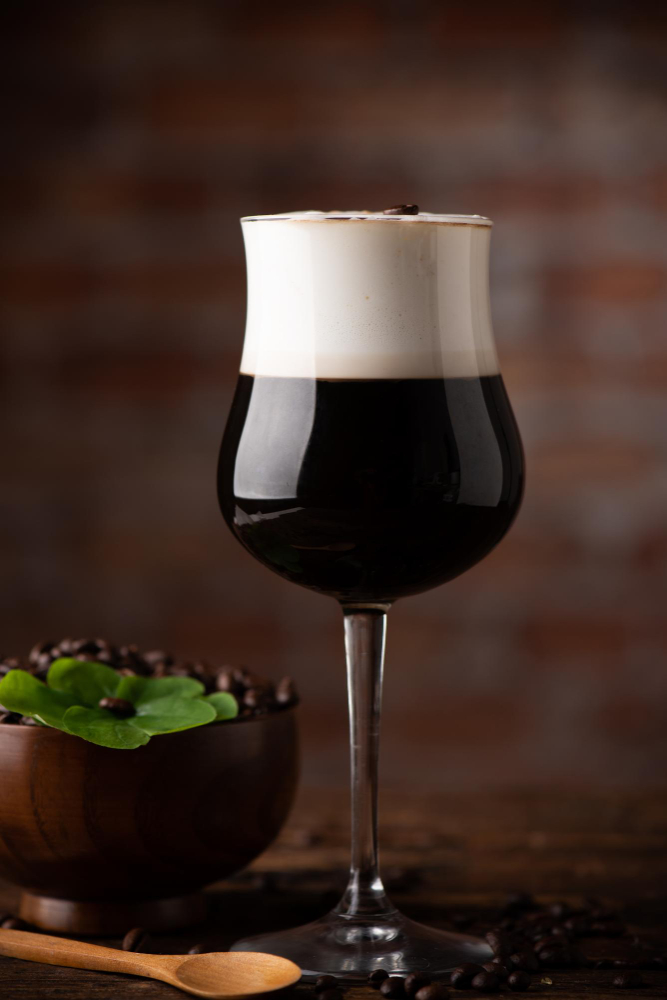
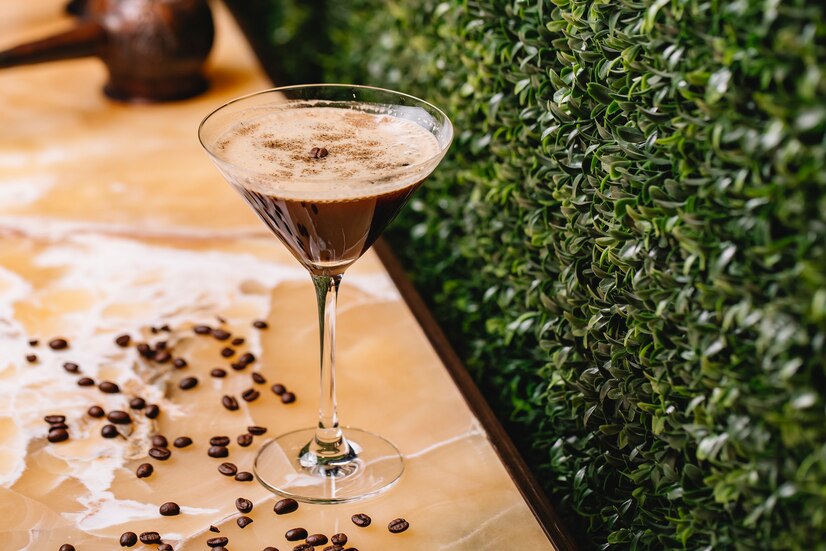
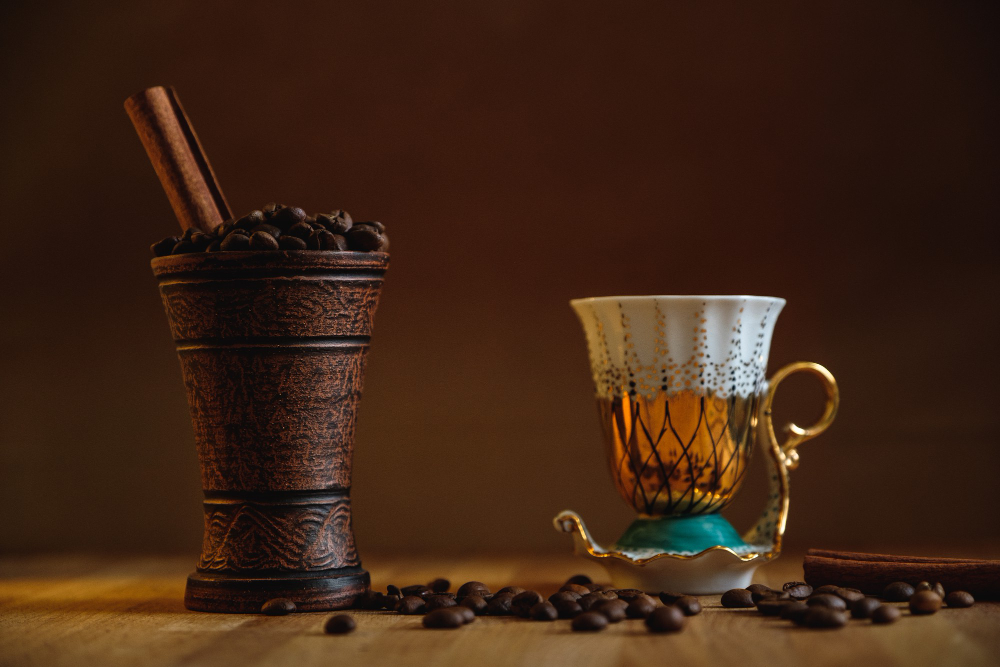
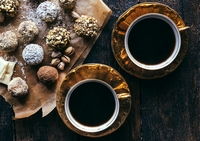

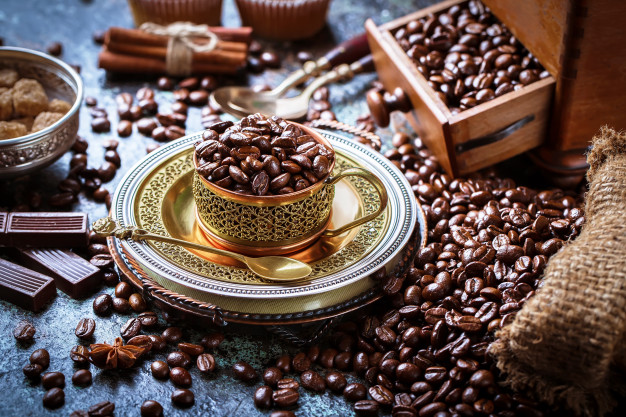
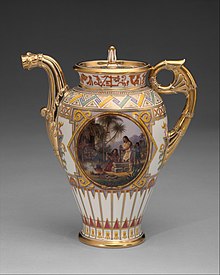
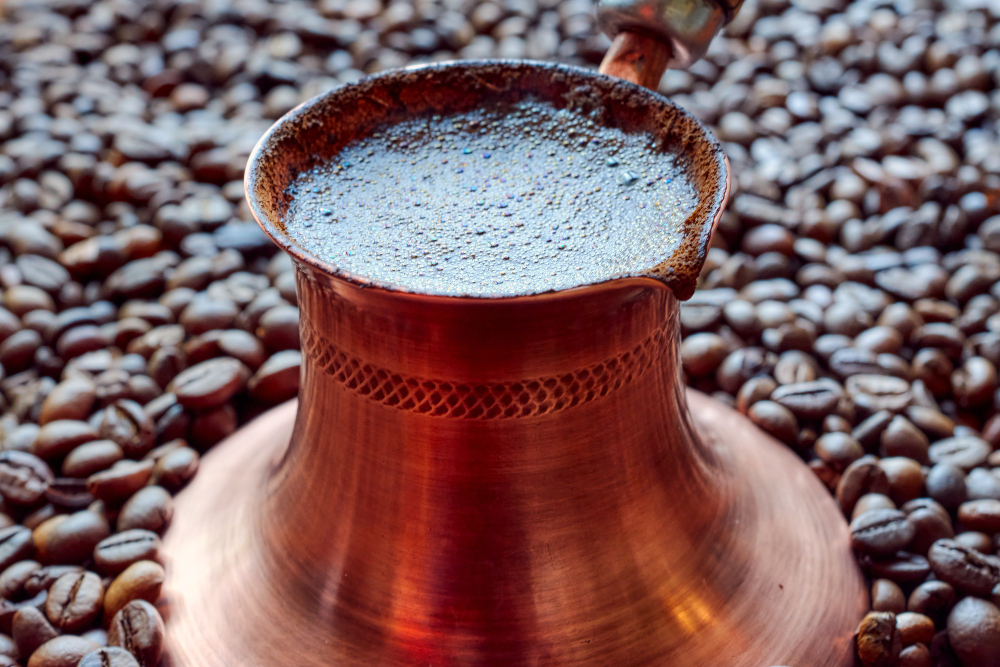
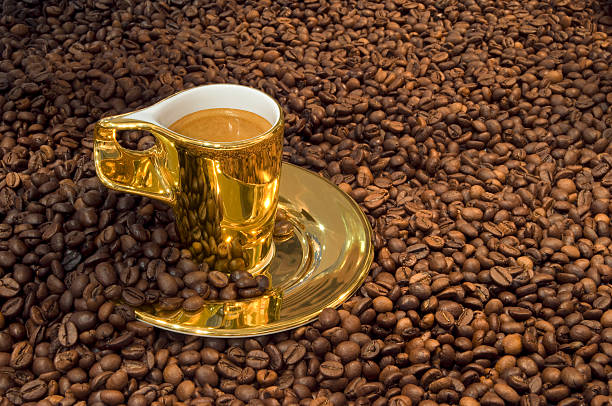
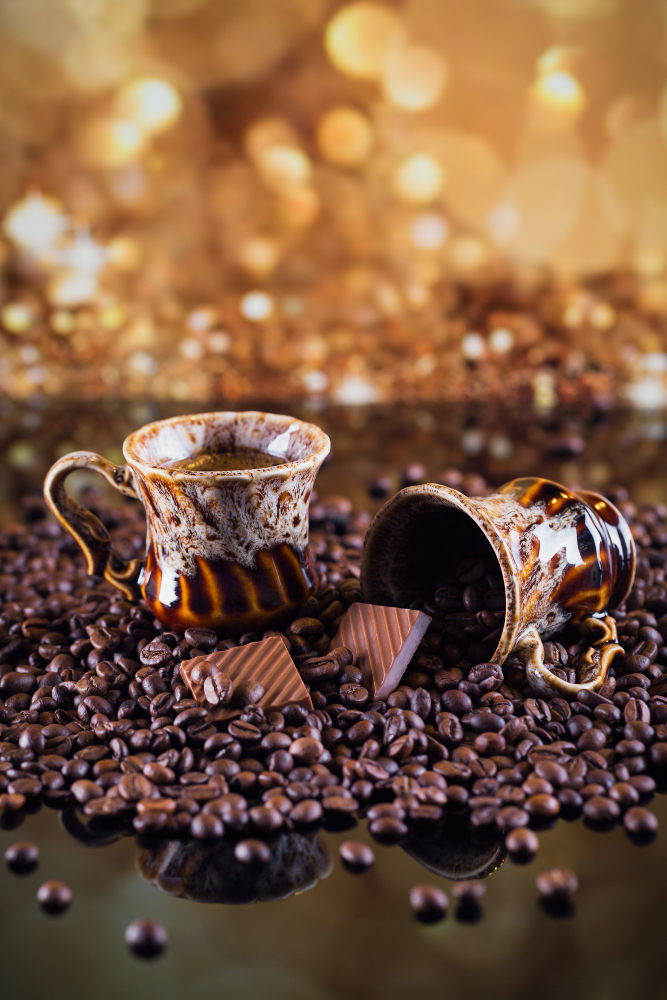
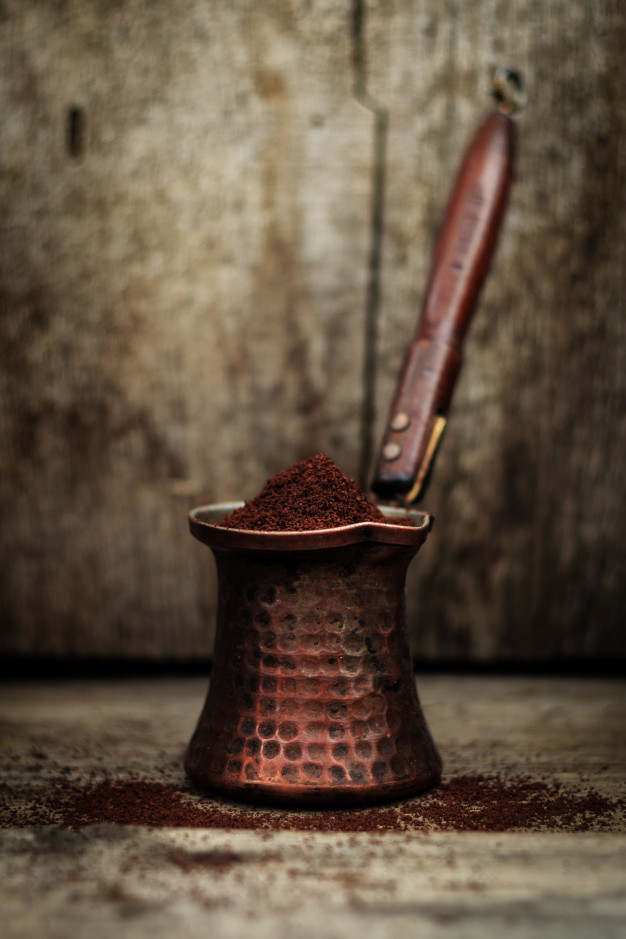


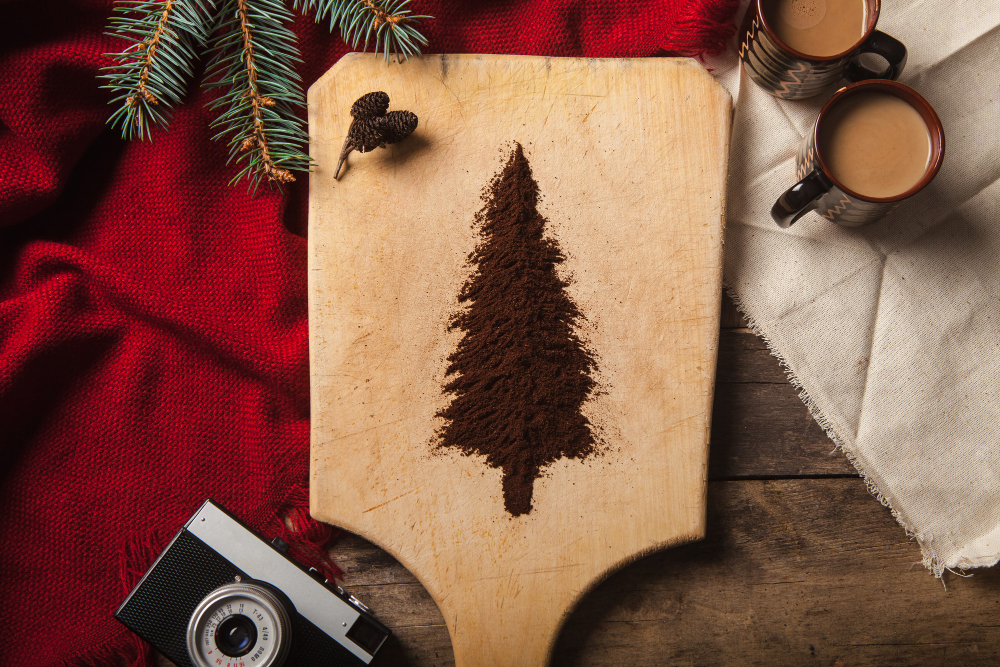
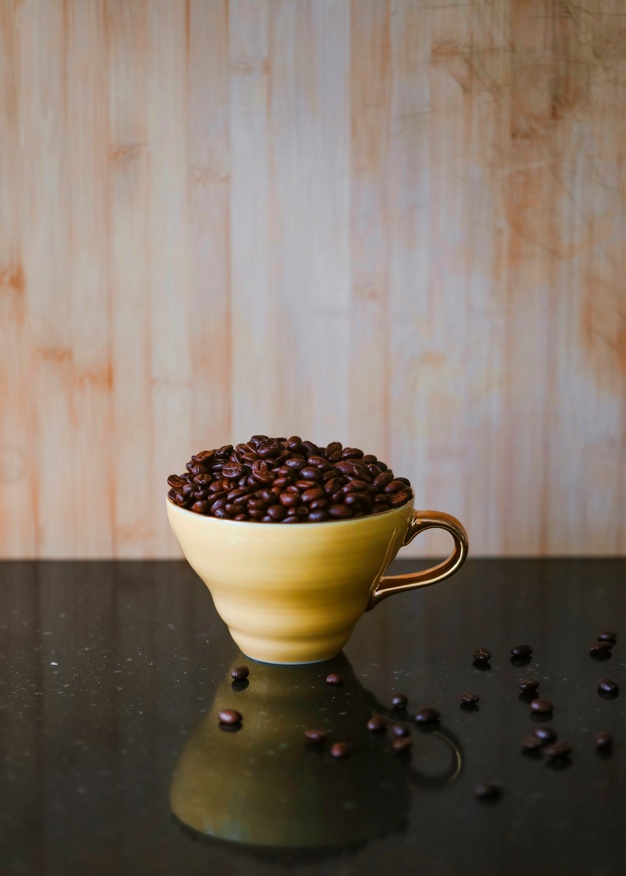
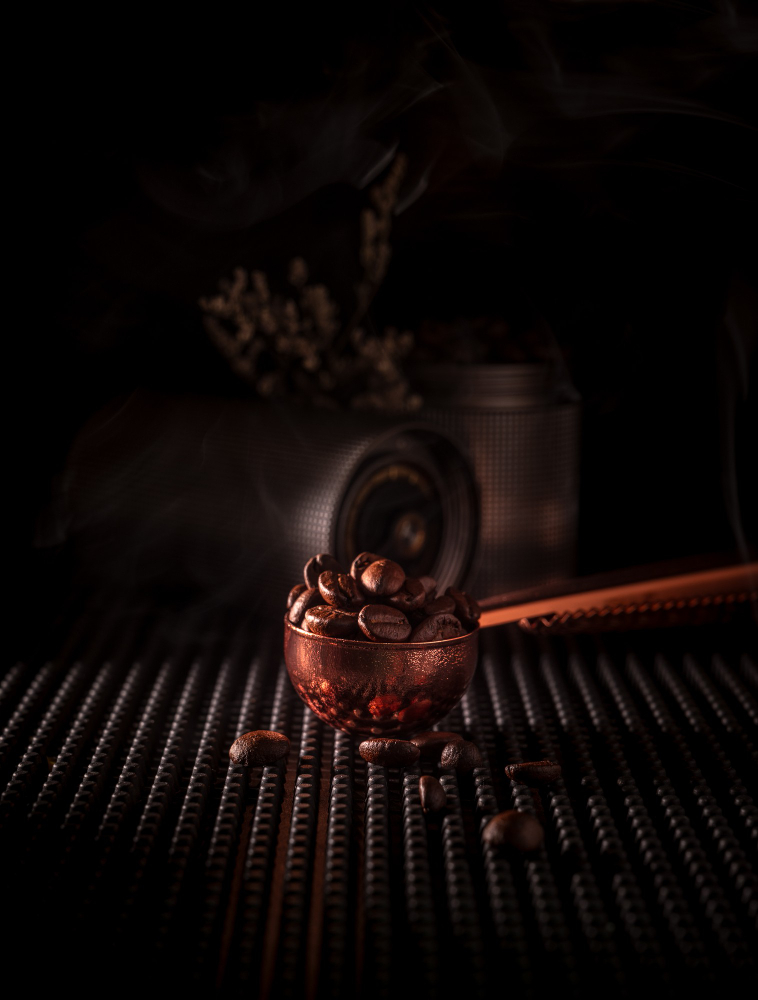
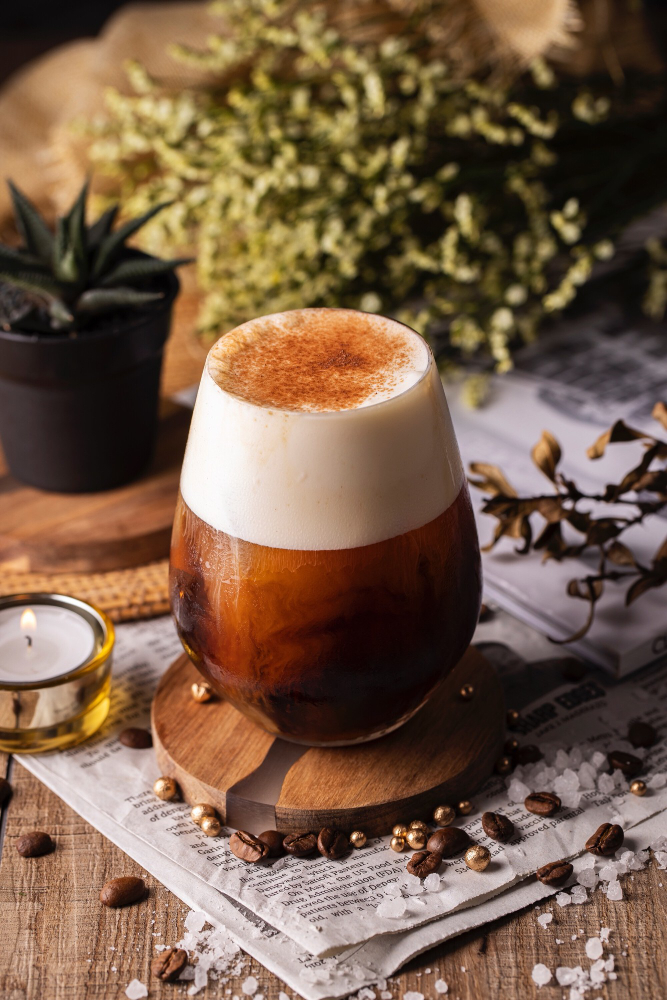
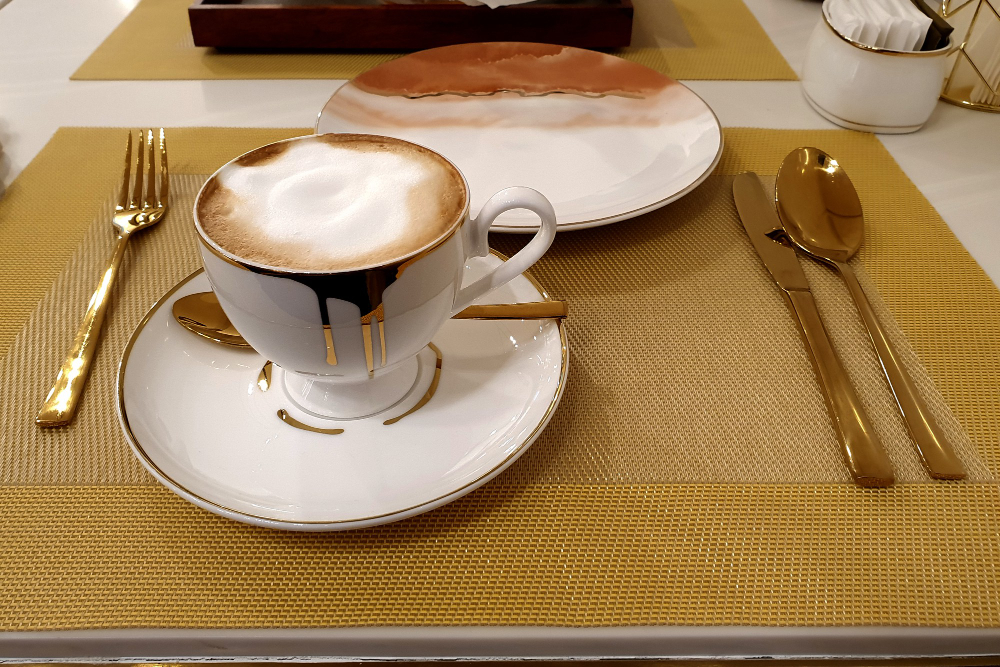
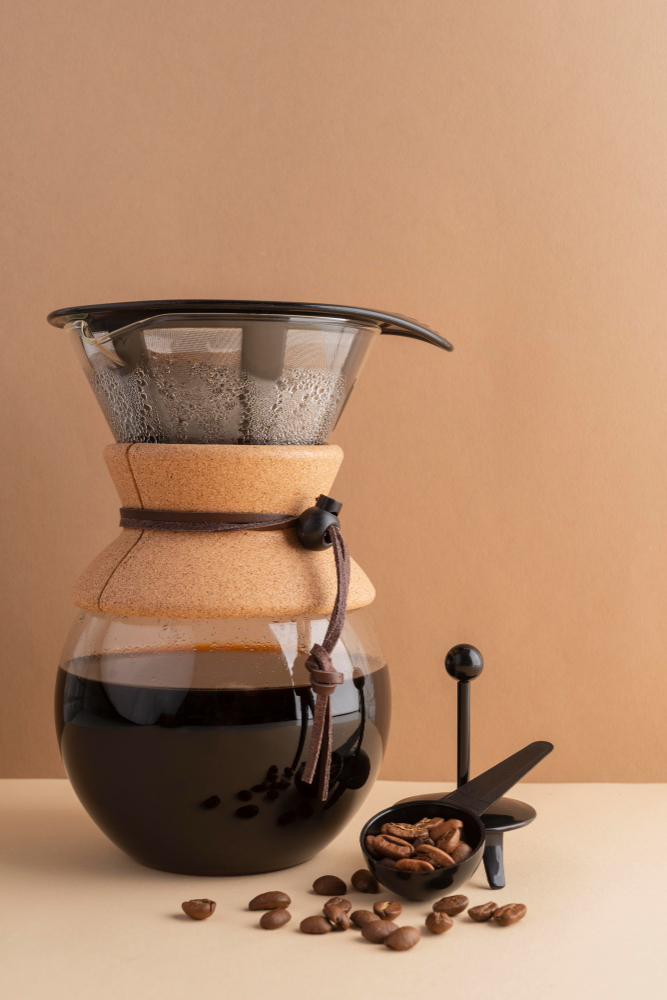
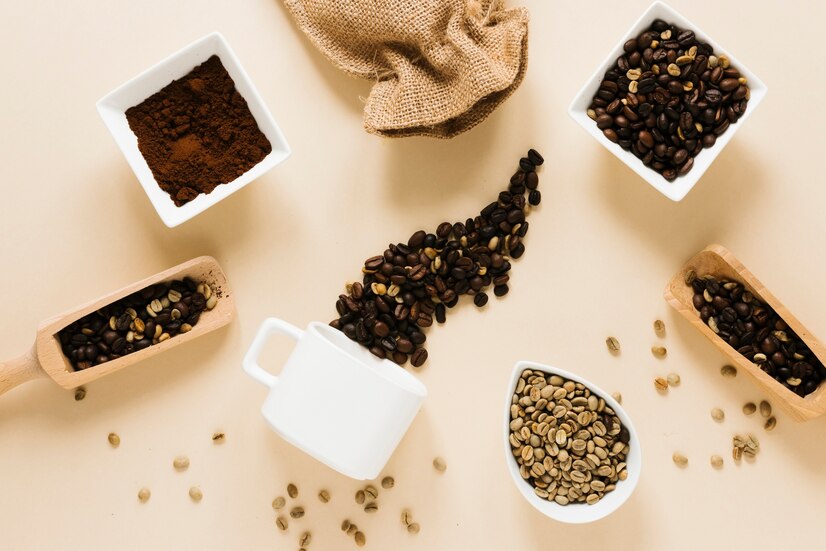
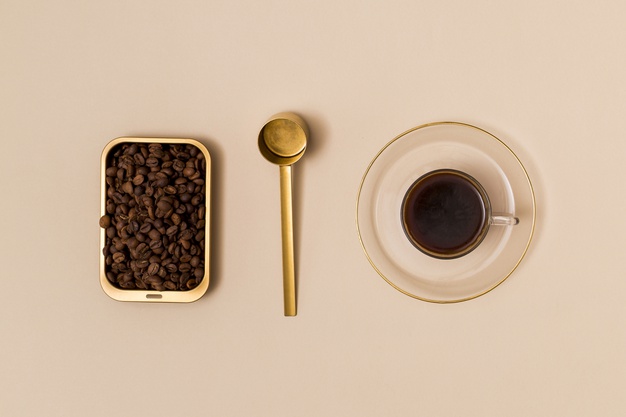
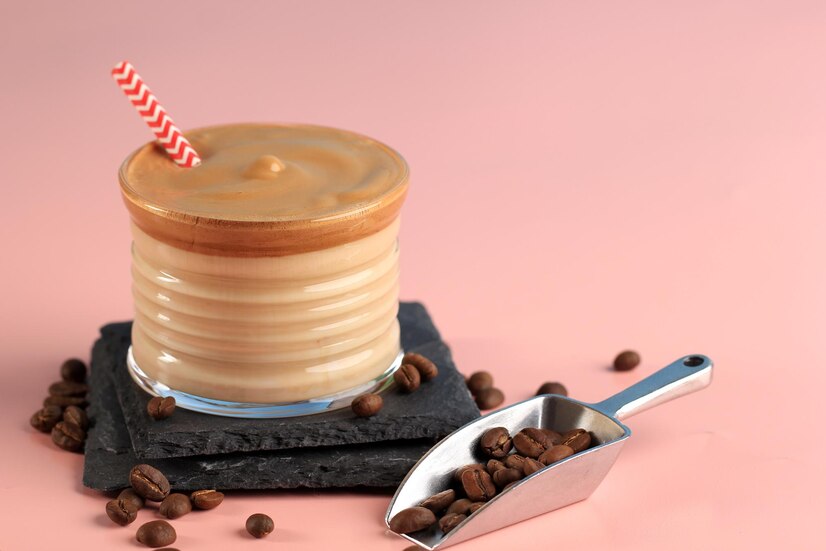
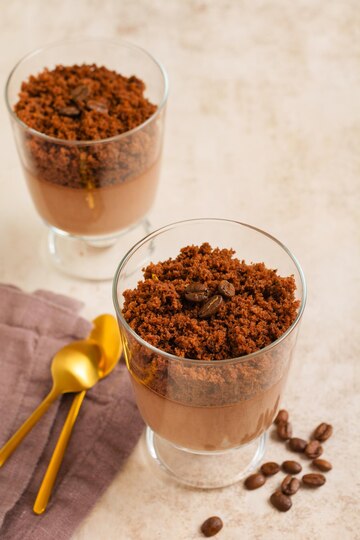
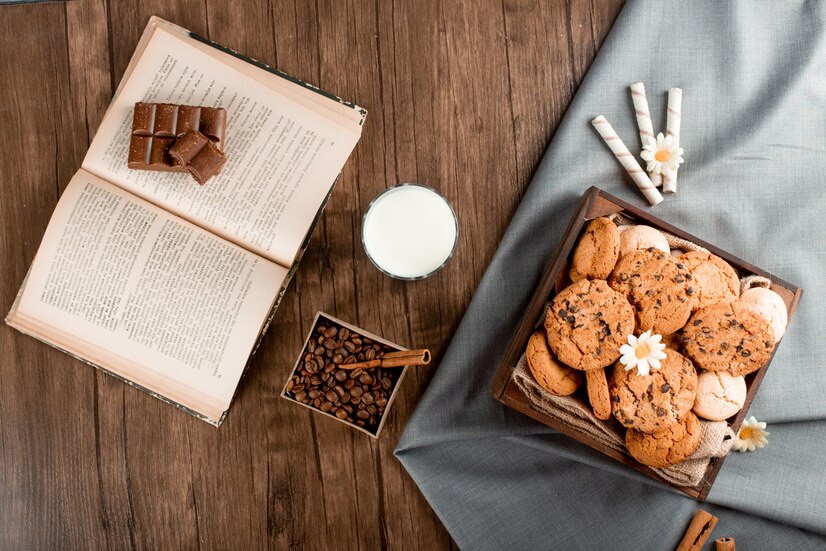

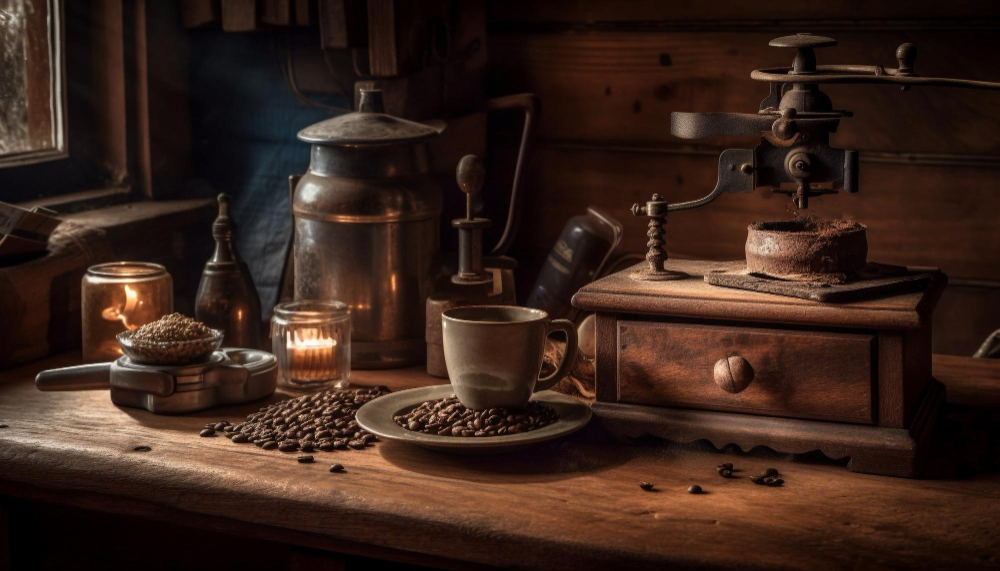
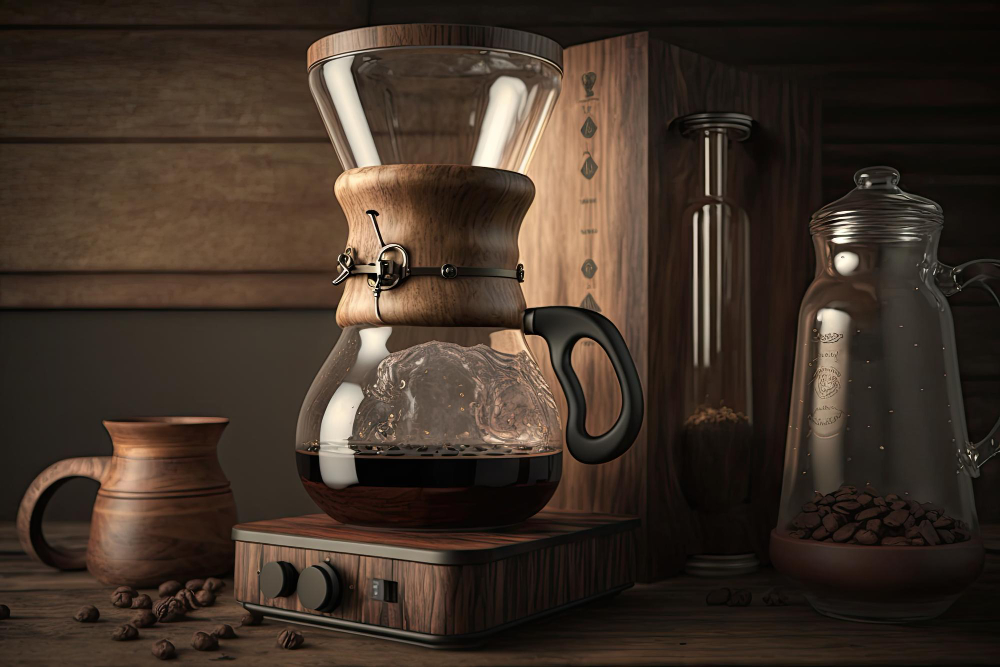
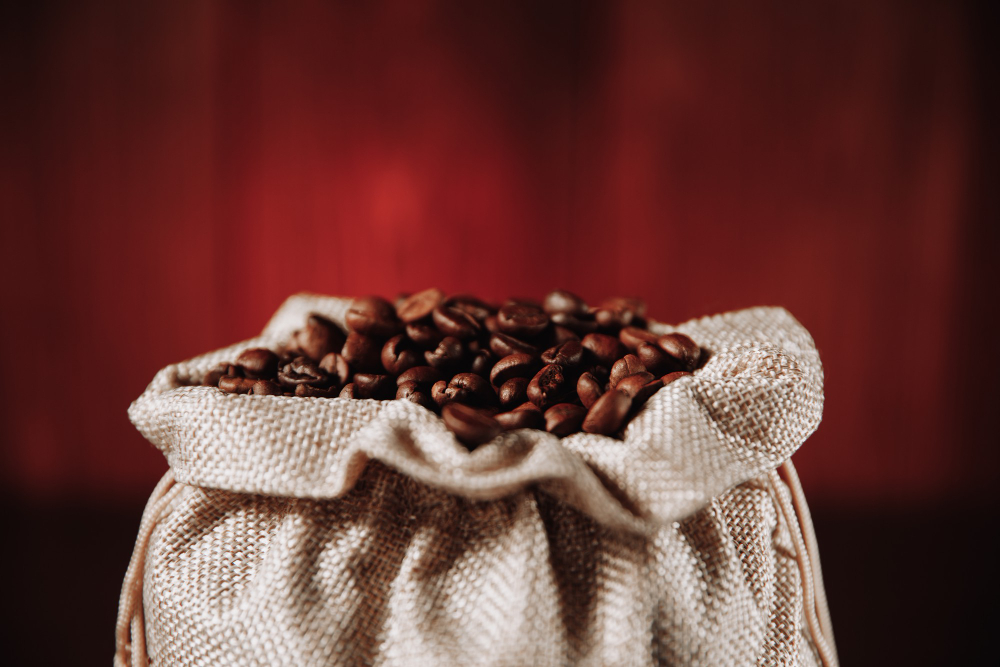
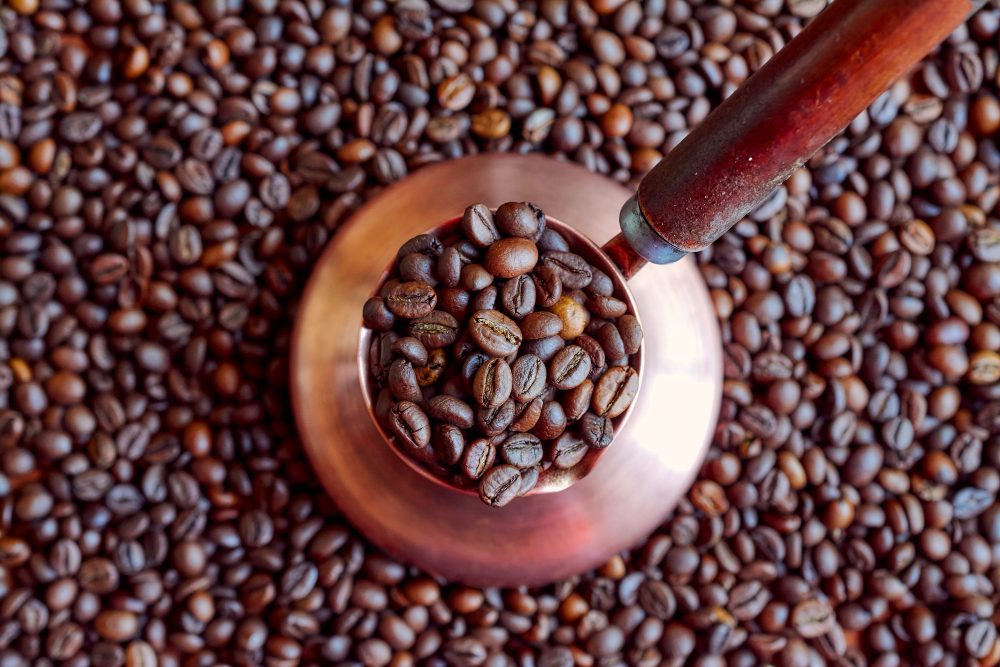
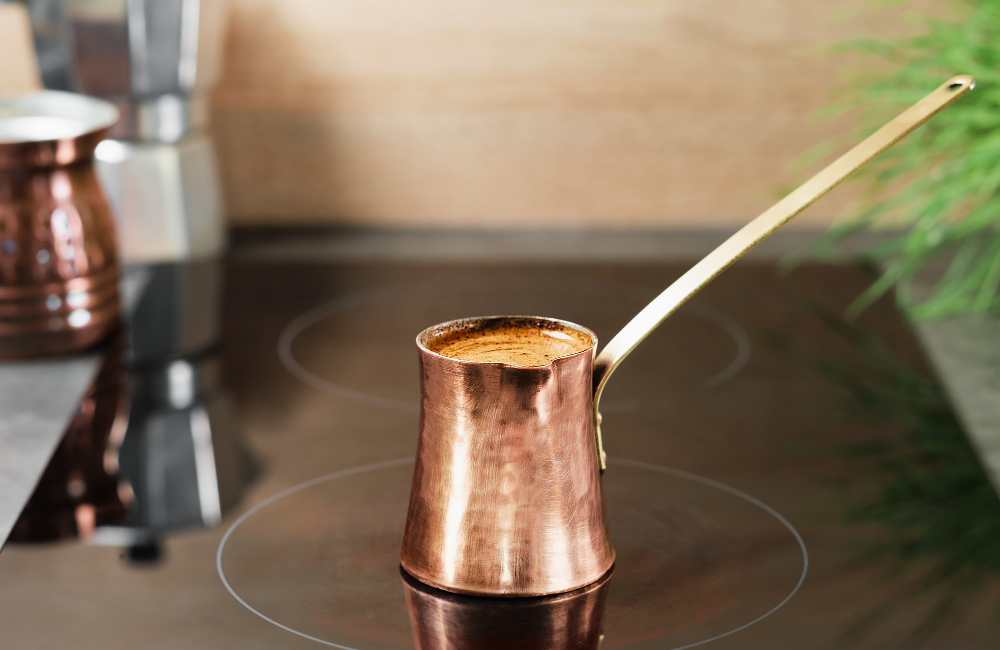



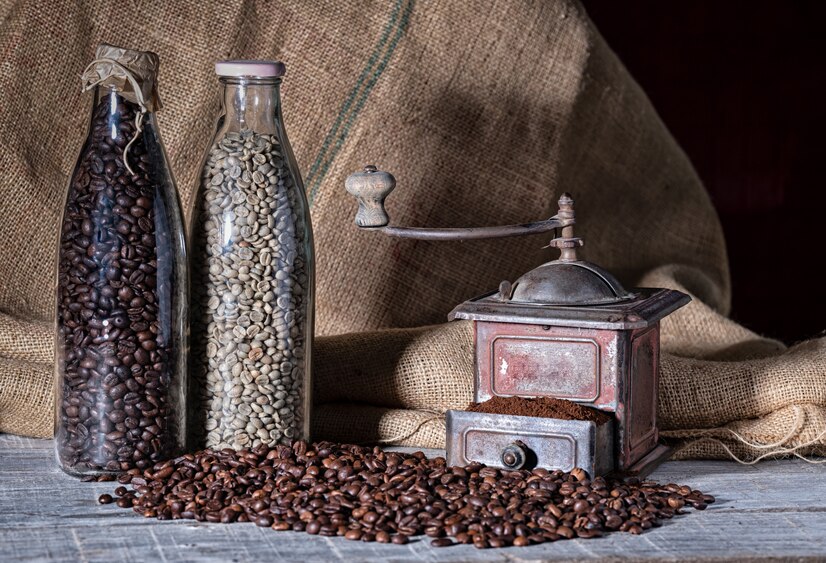


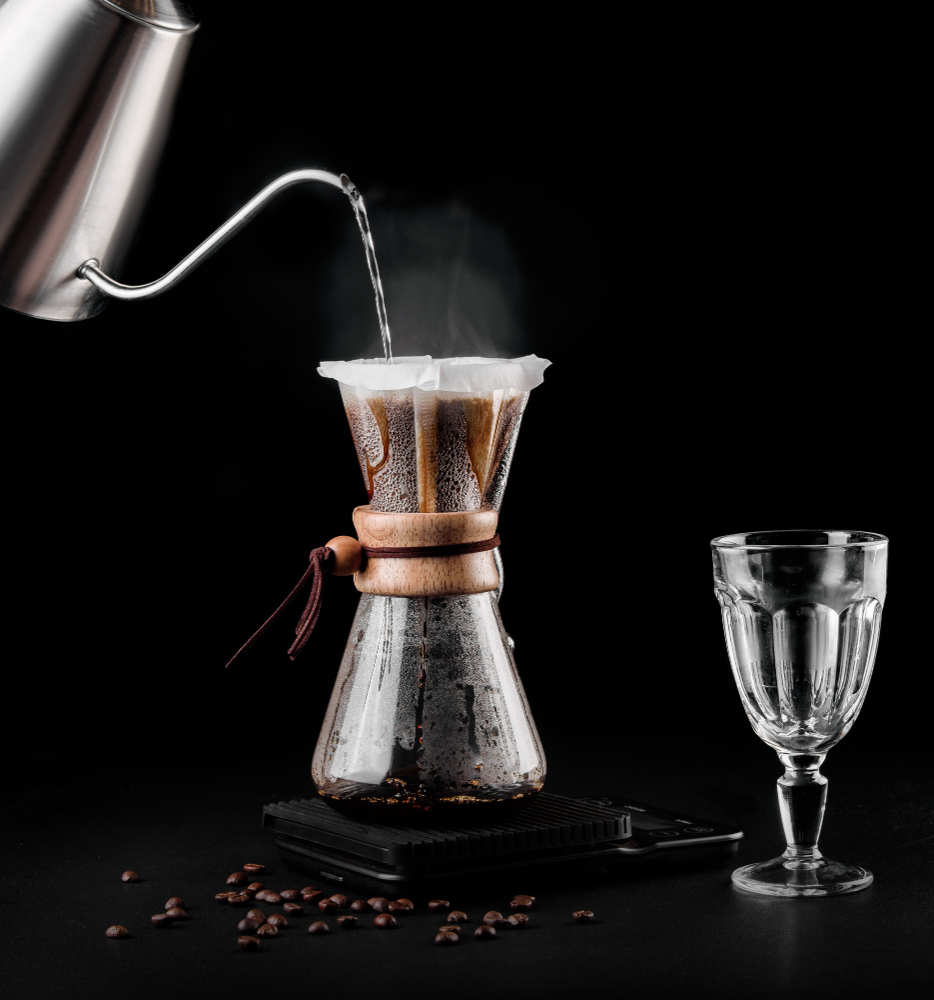
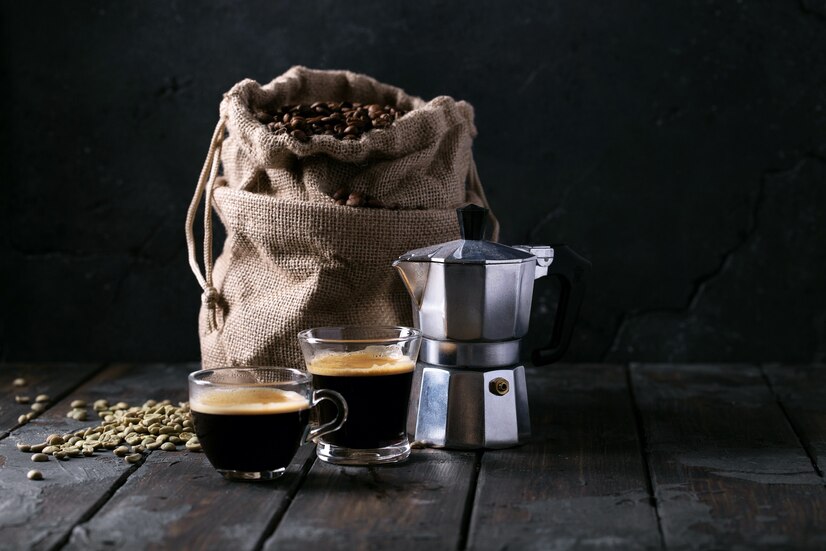
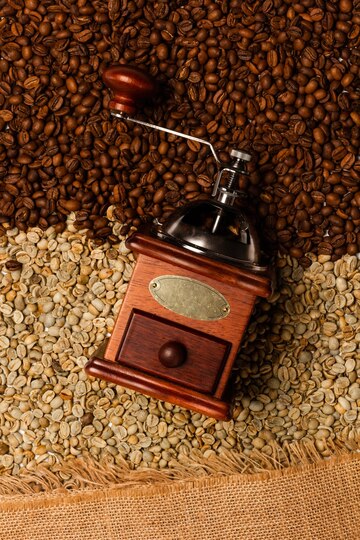
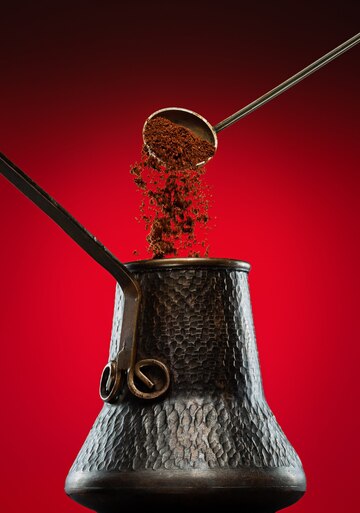

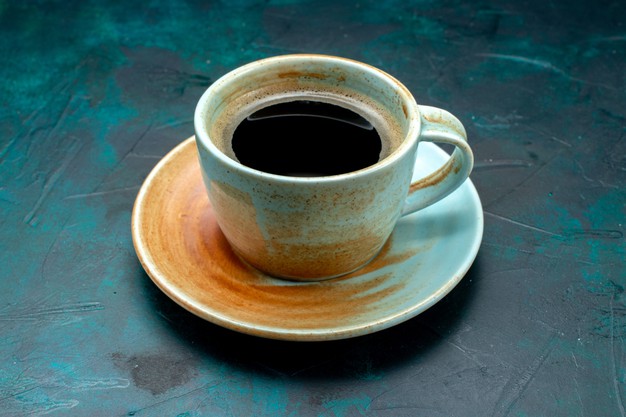
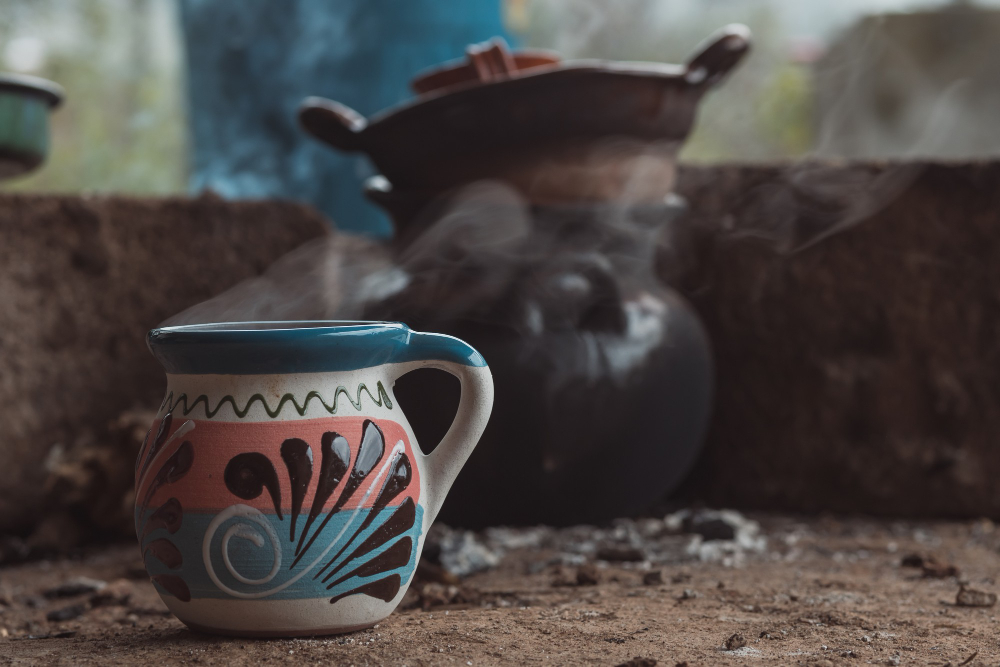
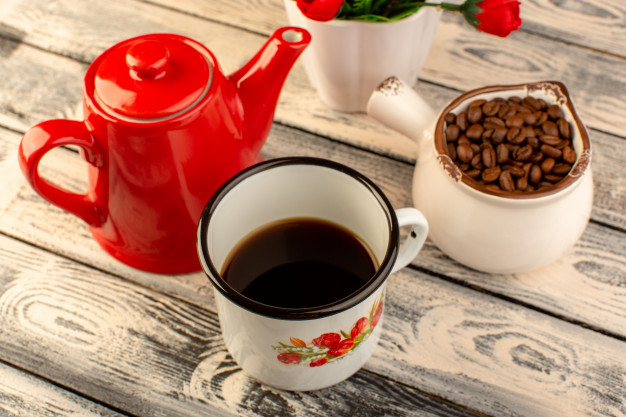
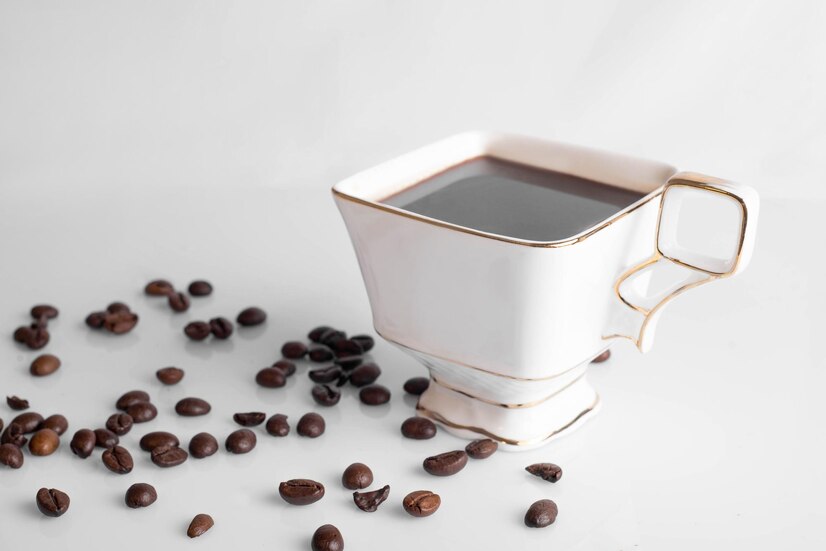
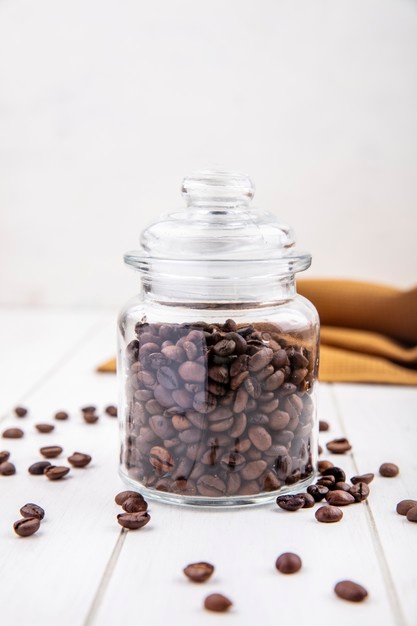
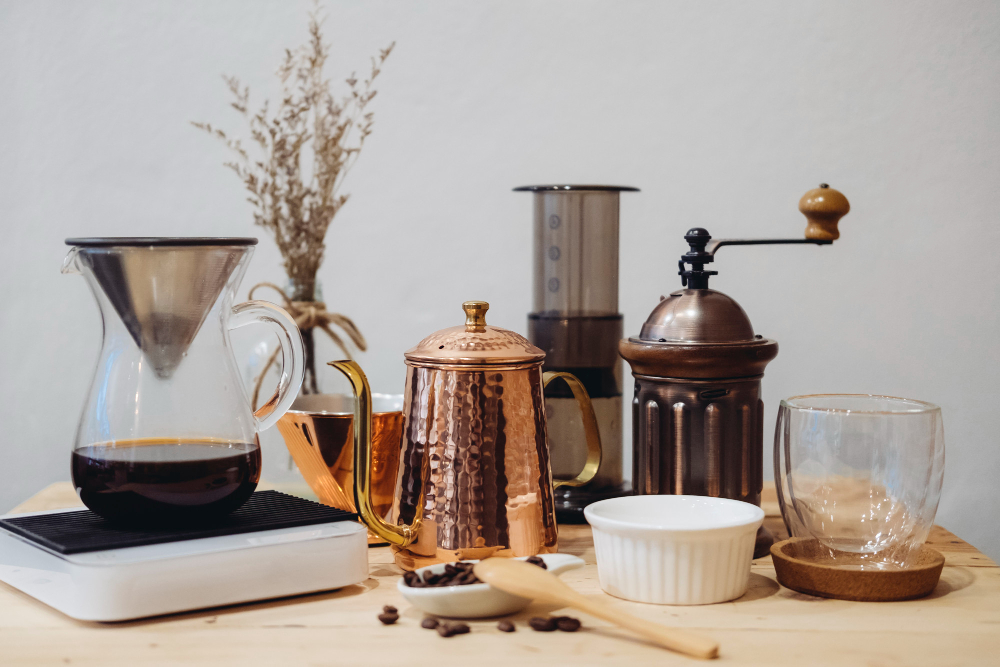

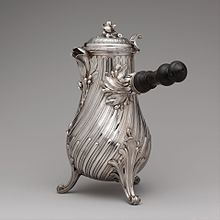
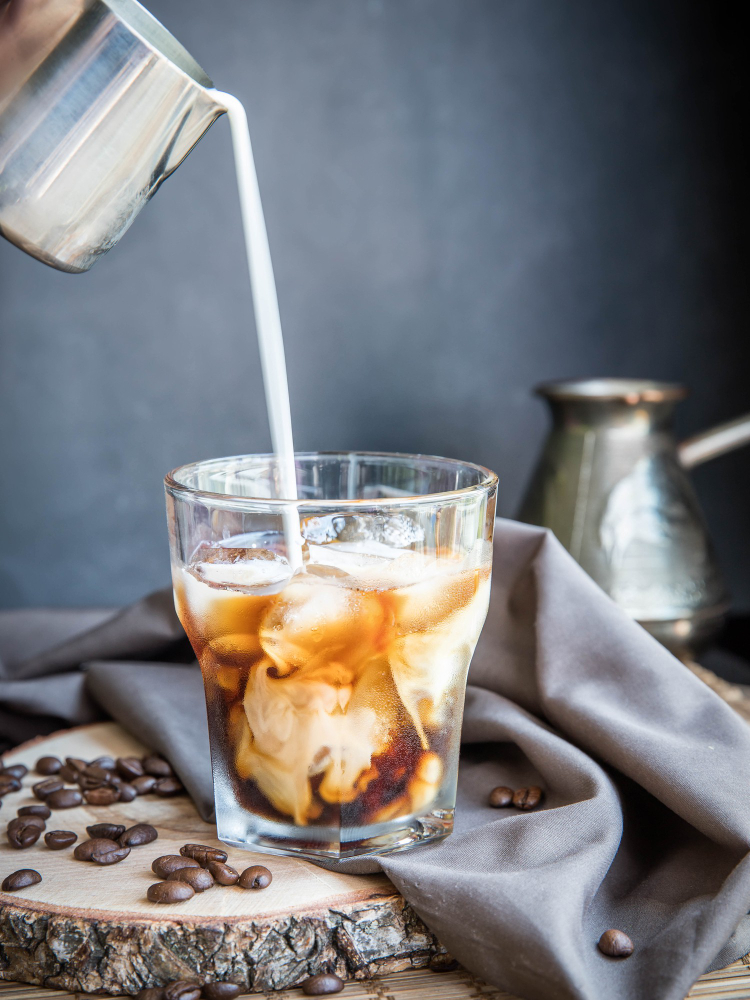
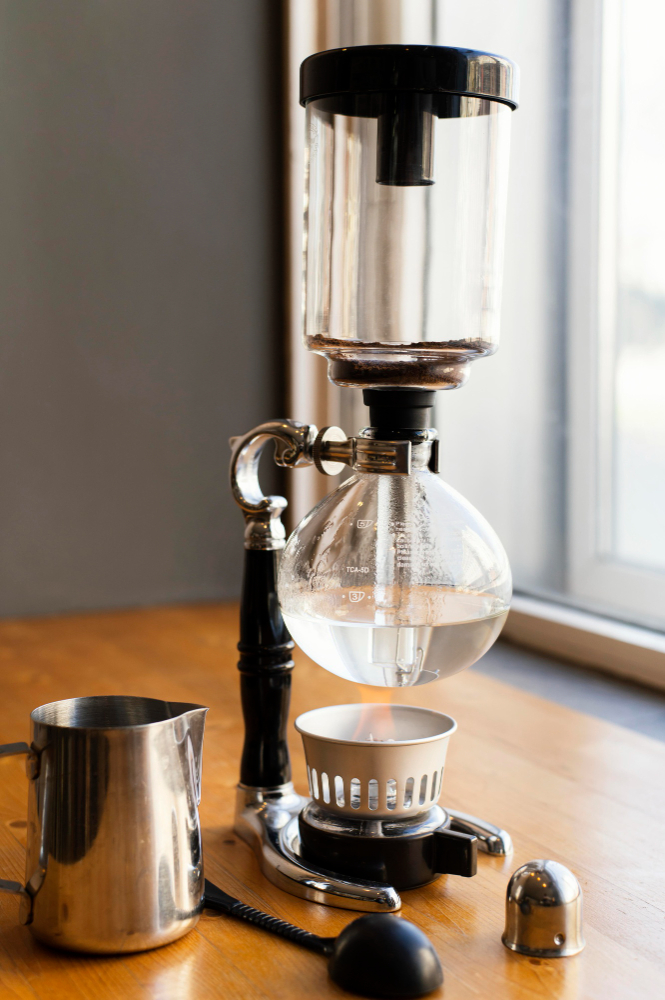
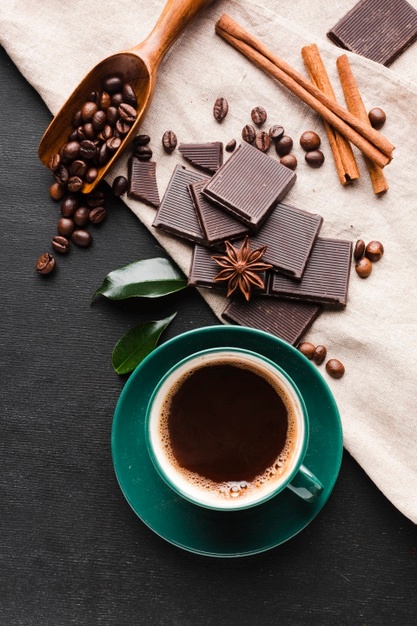
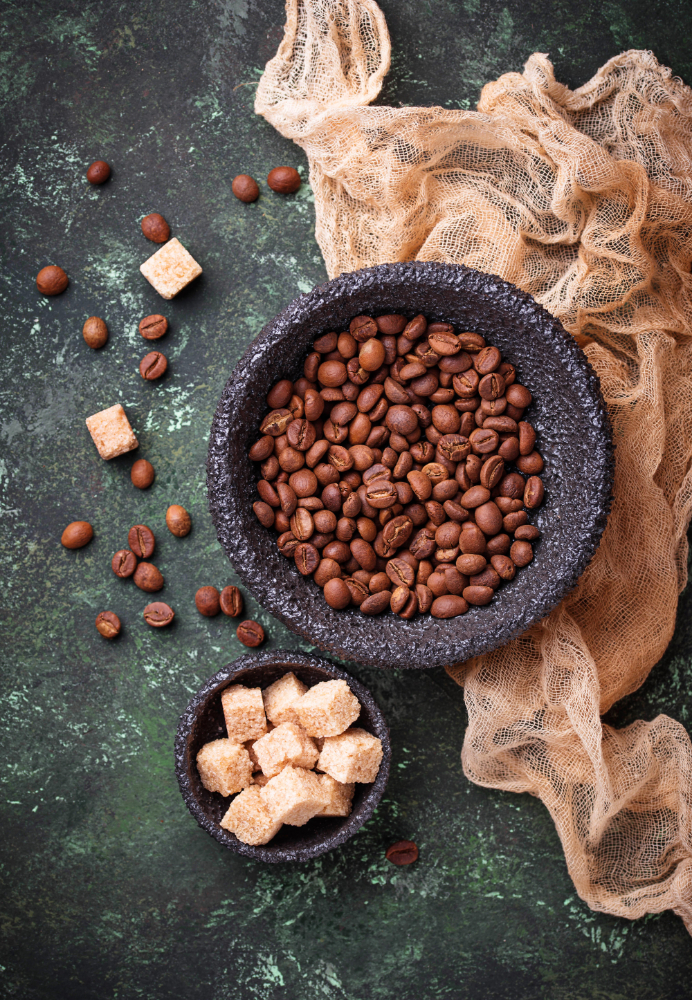
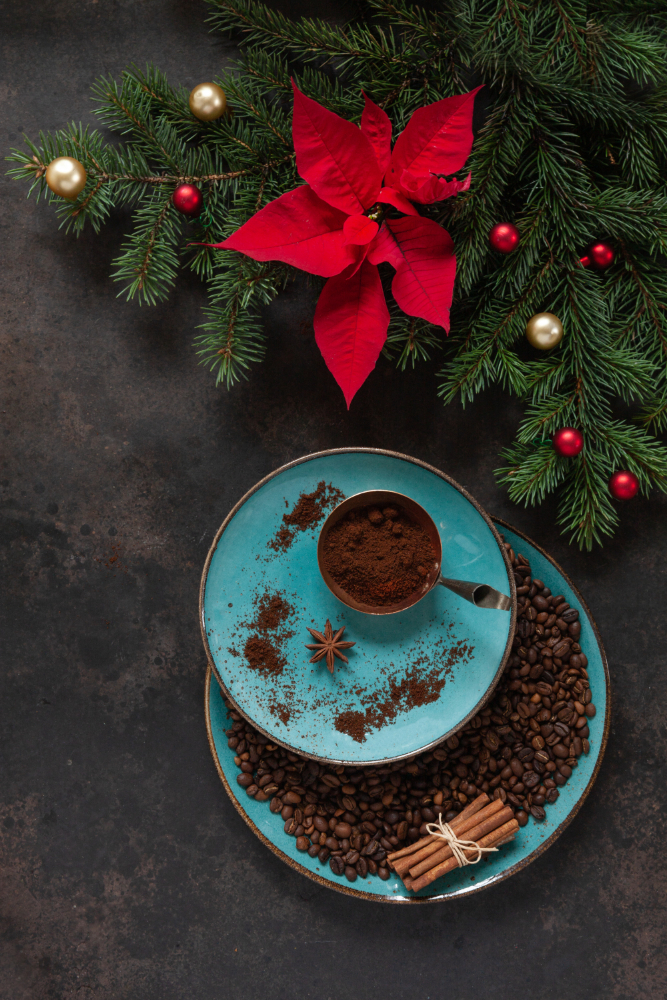

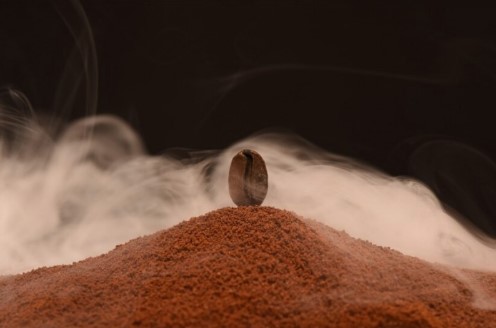
Let yourself be seduced by our rare Skybury coffee from Australia.
It is an exceptional coffee, 100% Arabica, from the legendary and rare Blue Montain coffee, grown in the blue mountains of Jamaica, a Caribbean island. The latter are classified as UNESCO world heritage sites.
It is a variety derived from Bourbon and catuai plants.
This coffee undergoes “fully washed” post-harvest treatments, i.e. completely washed, then undergoes rapid wet fermentation.
In France, our beans are slowly roasted to the core and brewed regularly to guarantee perfect release of their aromas.
This rare coffee has a harmonious flavor combined with a very good length in the mouth, with fruity, floral and spicy notes which make it one of the best coffees in the world.

Character: harmonious
Aromatic repertoire: Gourmet chocolate, fruity red berry, floral, spicy
Region: Queensland, Australia
Altitude: 100 - 900m
Process: Washed coffee
Variety: Bourbon, catuai
Harvest period: July - August
 Once the package has been opened, we advise you to keep the product in a cool, dry place, away from light and humidity, so that it retains all its nutritional and taste qualities.
Once the package has been opened, we advise you to keep the product in a cool, dry place, away from light and humidity, so that it retains all its nutritional and taste qualities.
 This product does not contain any allergens, however it may contain traces (eggs, soy, sulphur, nuts, etc.).
This product does not contain any allergens, however it may contain traces (eggs, soy, sulphur, nuts, etc.).







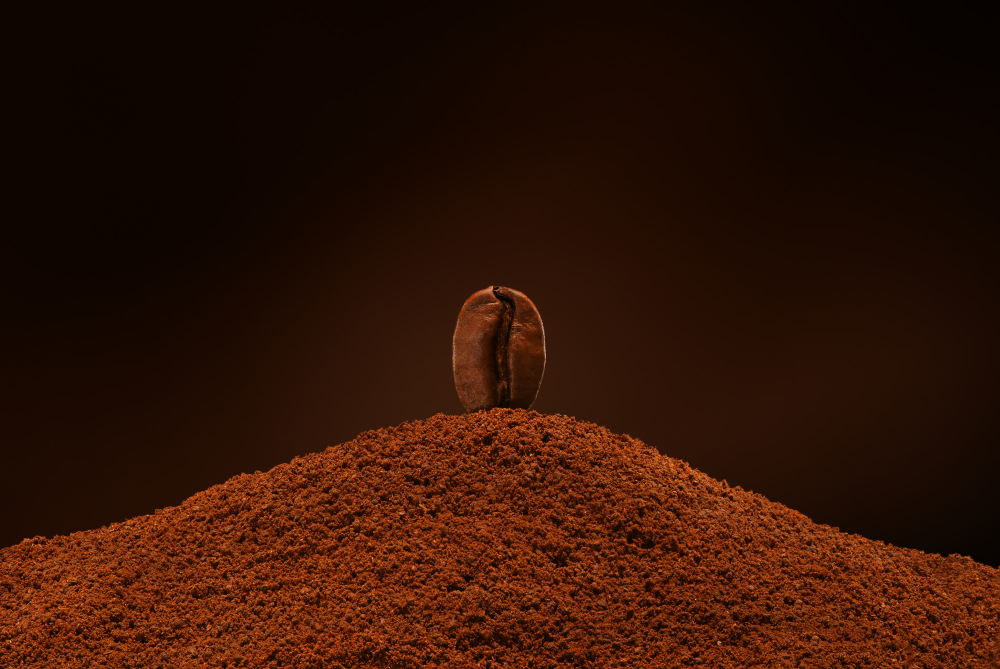
Let yourself be seduced by the notes of chocolate and cashew nuts of our rare organic Cuzco coffee from Peru, roasted in France.
It is a 100% pure organic Arabica Typica bourbon coffee.
It is grown between 1300m and 1700m altitude by small producers in Cuzco or Cusco, a region near Machu Picchu, in Peru.
It is harvested in July and is dried in the sun.
This coffee undergoes “fully washed” post-harvest treatments, i.e. completely washed, then undergoes rapid wet fermentation.
It is part of a “Café Selva Norte” program led by small Peruvian farms, engaged in agroforestry and reforestation of the country.
This lovely composition of flavors gives it a nice complexity with a nice length in the mouth.
The climatic conditions and means implemented give a very characteristic, fabulous coffee.

Region: Cuzco or Cusco (near Machu Picchu)
Processing: Wet process, sun dried
Altitude: 1300m to 1700m
Variety: Bourbon Typica Castilla Limani
Cutting profile: light acidity, medium intensity
Flavors: cocoa, cashew
 Once the package has been opened, we advise you to keep the product in a cool, dry place, away from light and humidity, so that it retains all its nutritional and taste qualities.
Once the package has been opened, we advise you to keep the product in a cool, dry place, away from light and humidity, so that it retains all its nutritional and taste qualities.
 This product does not contain any allergens, however it may contain traces (eggs, soy, sulphur, nuts, etc.).
This product does not contain any allergens, however it may contain traces (eggs, soy, sulphur, nuts, etc.).
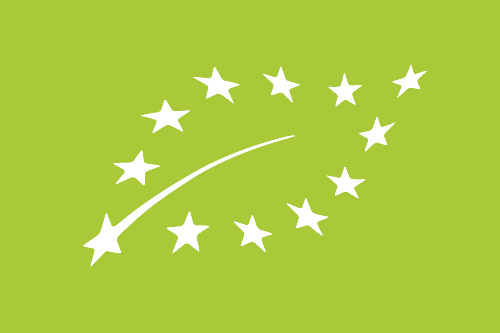
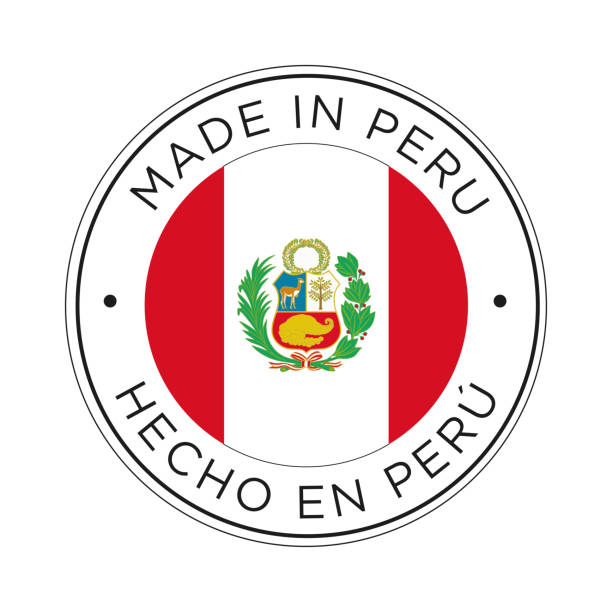





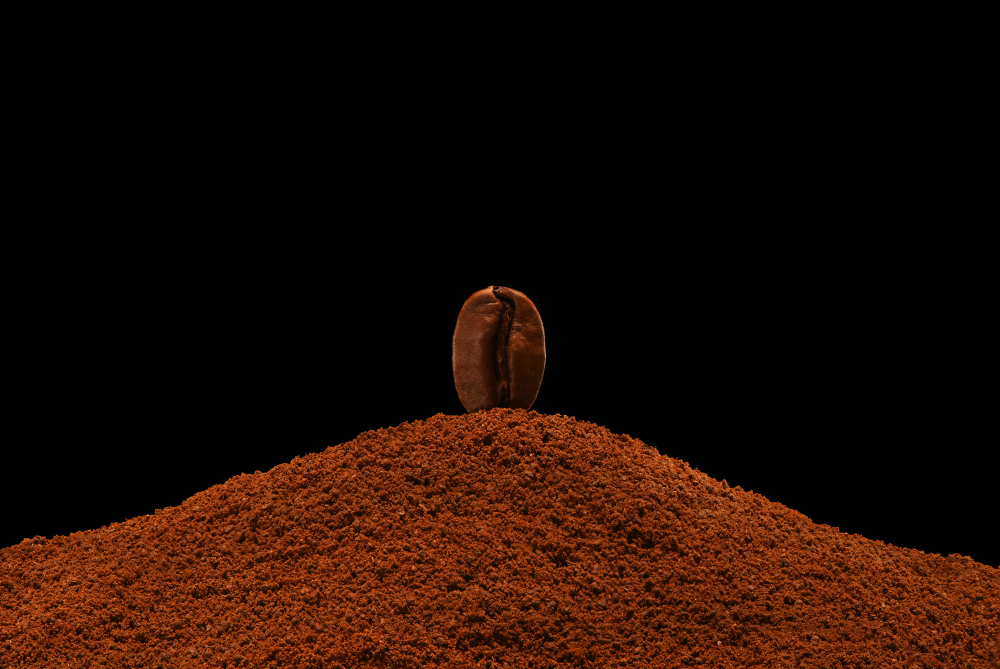
Immerse yourself in the mysteries and legends of Ethiopia through the delicate aromas of our organic & fairtrade Sidamo mocha coffee from Ethiopia.
The word "coffee" probably comes from the Arabic "K'hawah" meaning invigorating, but some linguists say it comes from the word "Kaffa", named after the province of Ethiopia where it was discovered.
Our coffee comes from a pure heirloom Arabica.
Arabica comes from Coffea Arabica which produces a fine and aromatic coffee.
This coffee undergoes “fully washed” post-harvest treatments, i.e. completely washed, then undergoes rapid wet fermentation.
In France, our beans are slowly roasted to the core and brewed regularly to guarantee perfect release of their aromas.
It comes from organic farming certified by Ecocert.

Character: Gentle
Aromatic repertoire: delicious and fruity
Region: Sidamo
Altitude: 1800m
Varieties: Arabica heirloom
Process: washed coffee
Harvest period: November to January
 Once the package has been opened, we advise you to keep the product in a cool, dry place, away from light and humidity, so that it retains all its nutritional and taste qualities.
Once the package has been opened, we advise you to keep the product in a cool, dry place, away from light and humidity, so that it retains all its nutritional and taste qualities.
 This product does not contain any allergens, however it may contain traces (eggs, soy, sulphur, nuts, etc.).
This product does not contain any allergens, however it may contain traces (eggs, soy, sulphur, nuts, etc.).


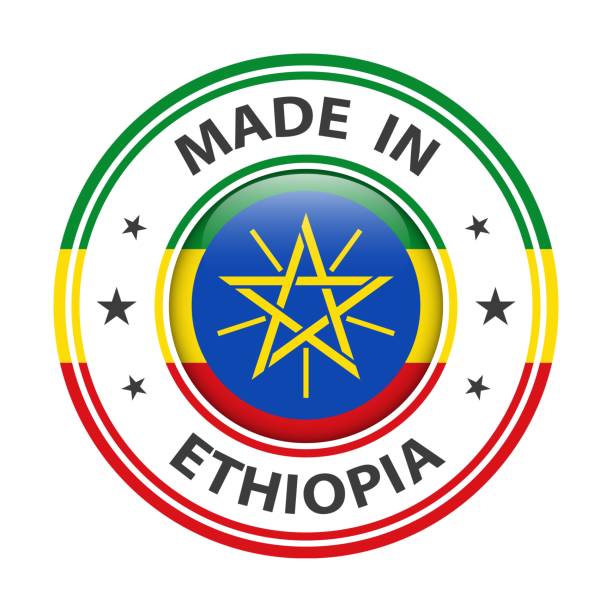




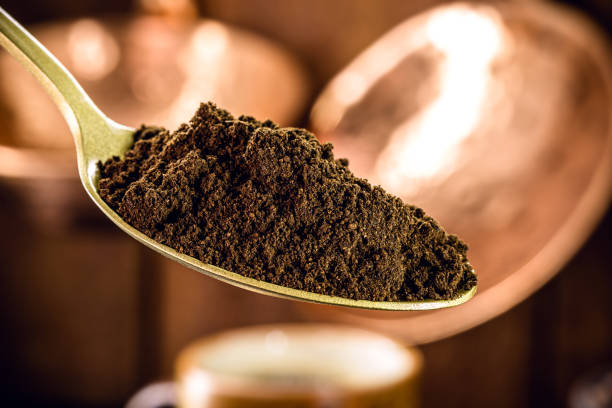
Immerse yourself in the wonder and legends of Haiti through the delicate scents of our natural and fair trade coffee.
It is a rare and very fine coffee, which is of the same type of Arabica Typica from the Blue Mountain of Jamaica.
Haitian coffee is ranked among the best coffees in the world.
Our green coffee is the ripe seed of the coffee tree, not having undergone the roasting stage.
It is grown and processed in Haiti by local producers, according to the rules of organic farming and awaiting their certifications.
It is washed and then undergoes rapid fermentation by wet method.
Then it is dried in the sun.
Finally it is roasted and ground in the United States or France.
It then releases notes of pineapple, orange and banana.

Aroma: Gourmet and fruity
Region: Southeast
Altitude: 1000m
Process: washed
Variety: Arabica Typica, Bourbon
 Once the package has been opened, we advise you to keep the product in a cool, dry place, away from light and humidity, so that it retains all its nutritional and taste qualities.
Once the package has been opened, we advise you to keep the product in a cool, dry place, away from light and humidity, so that it retains all its nutritional and taste qualities.
 This product does not contain any allergens, however it may contain traces (eggs, soy, sulphur, nuts, etc.).
This product does not contain any allergens, however it may contain traces (eggs, soy, sulphur, nuts, etc.).


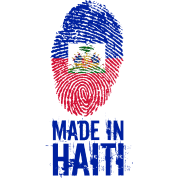




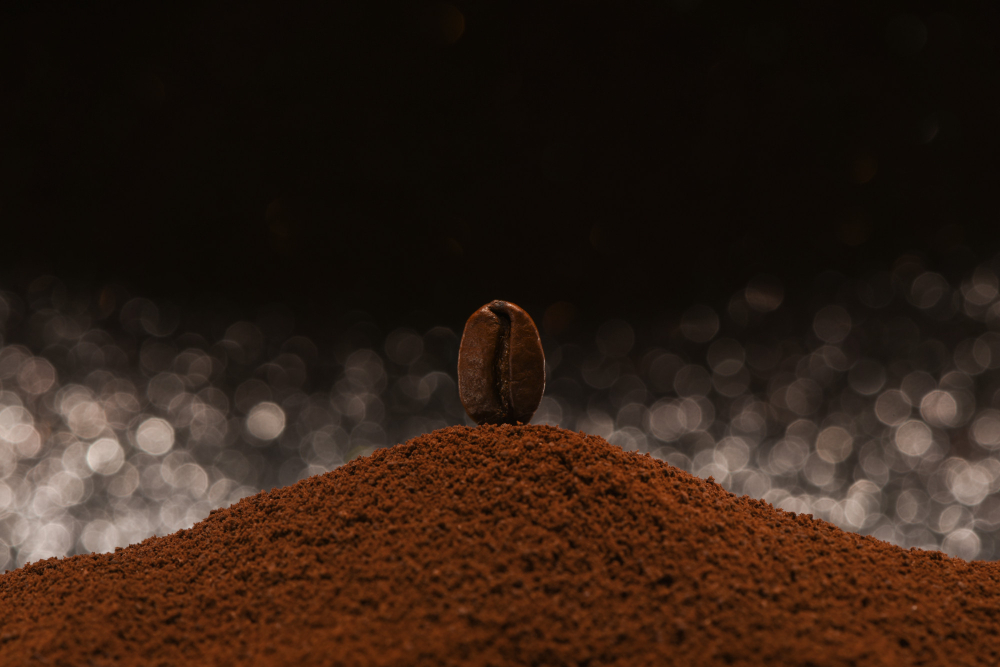

 Once the package has been opened, we advise you to keep the product in a cool, dry place, away from light and humidity, so that it retains all its nutritional and taste qualities.
Once the package has been opened, we advise you to keep the product in a cool, dry place, away from light and humidity, so that it retains all its nutritional and taste qualities.
 This product does not contain any allergens, however it may contain traces (eggs, soy, sulphur, nuts, etc.).
This product does not contain any allergens, however it may contain traces (eggs, soy, sulphur, nuts, etc.).
